


Ceramics Made -
Concept Exhibition of Wasted Ceramics from Foshan, China
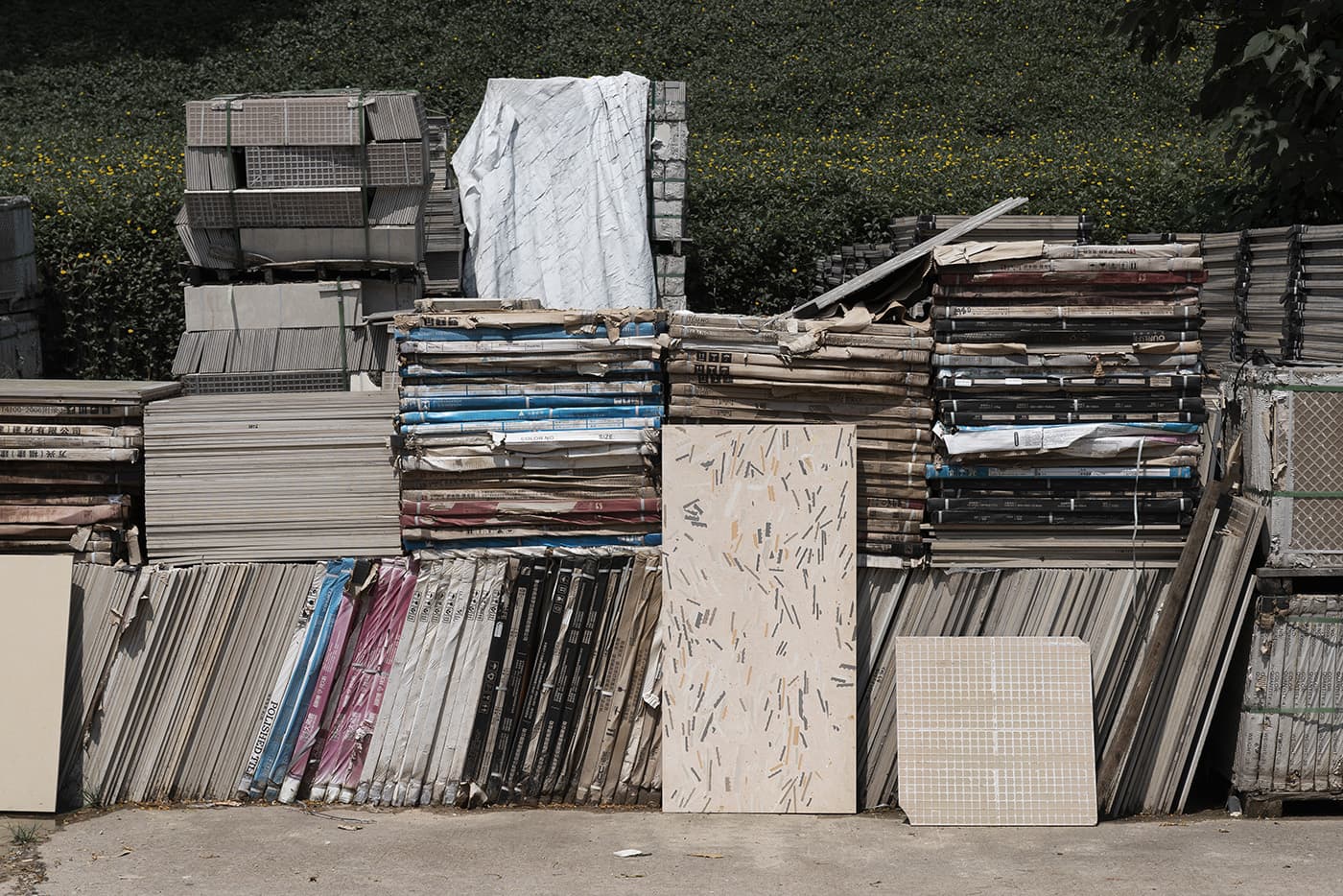
Human behavior is motivated by what we call desire.
It is true that we cannot fundamentally change them, but how can we ignore them? One has to act carefully and think about "the role of behavior in the survival of the individual and the integrity of society". Starting from the 4 million tons of construction tile scraps and integrating material regeneration into daily life is not only a bold attempt to stimulate commercial value, but also a daily practice of the concept of sustainable development, and a basic adherence to and pursuit of self-dignity.

Tracing the roots
China, the home to ceramics, came through its five thousand years of splendid history without once absence of ceramics. In the past hundreds of years, ceramics reached out to the world through the Silk Road as artwork, commodity even cultural symbol. However, to most of us, ceramics has already become a carrier of national belonging and national pride. However, people’s love for ceramics is especially partial, in other words, it is limited to the traditional form of ceramics within books and museums. Apart from this, people are now turning a blind eye to the ceramics in daily life.
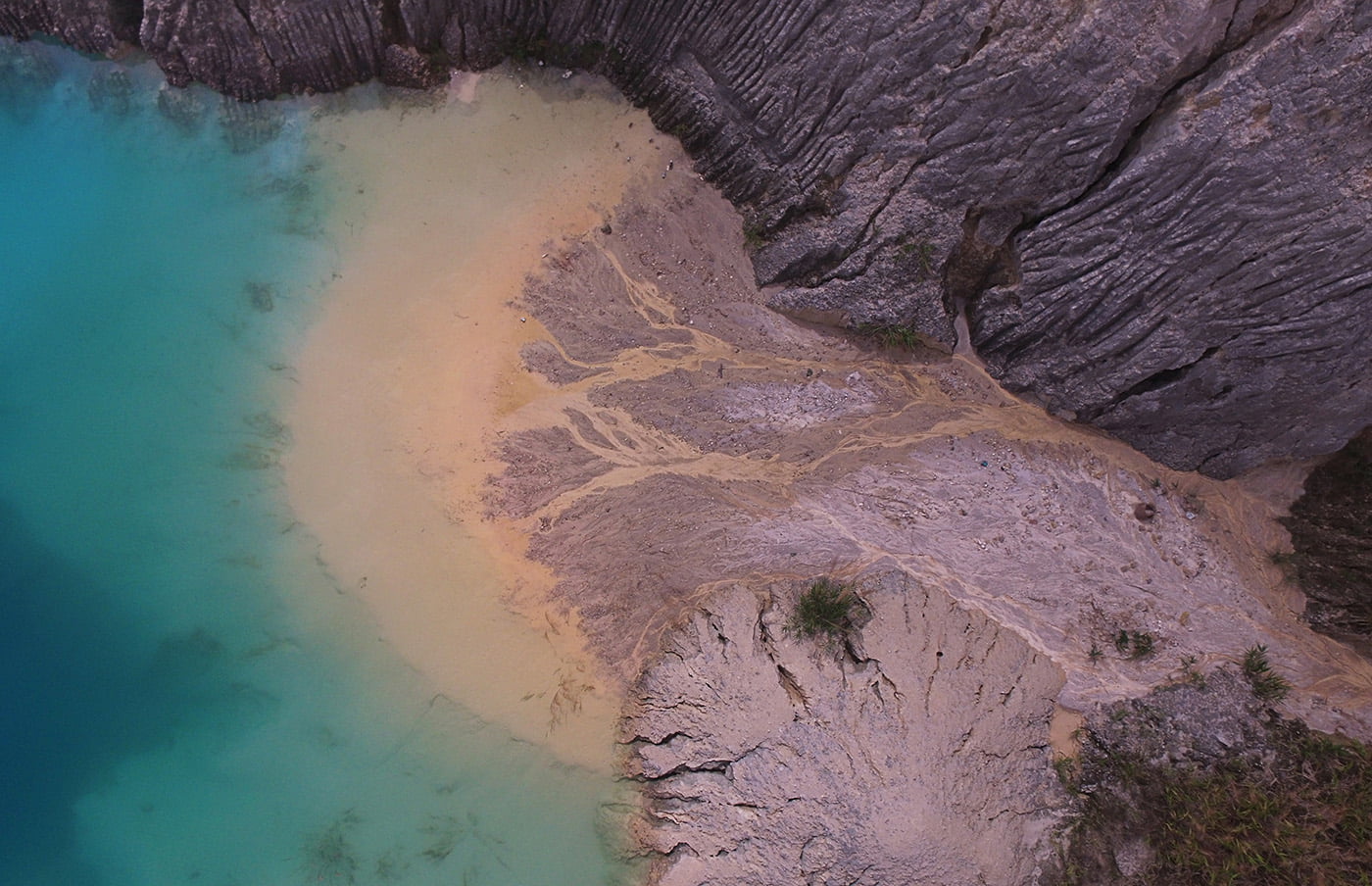
The Kaolin mine in Maoming, China
Looking for the origin of ceramics —— the kaoline mine, so we made a field trip to Shange, Maoming, China, a small town in a remote city.
Search coordinate 21°43'58.7"N 110°56'14.0"E on Google Earth, you may discover that Shange appears to be a huge scar on earth. Once you set foot on this mining area, it strucks you with the perceived inability and heaviness of exhausted resources and barren lands.
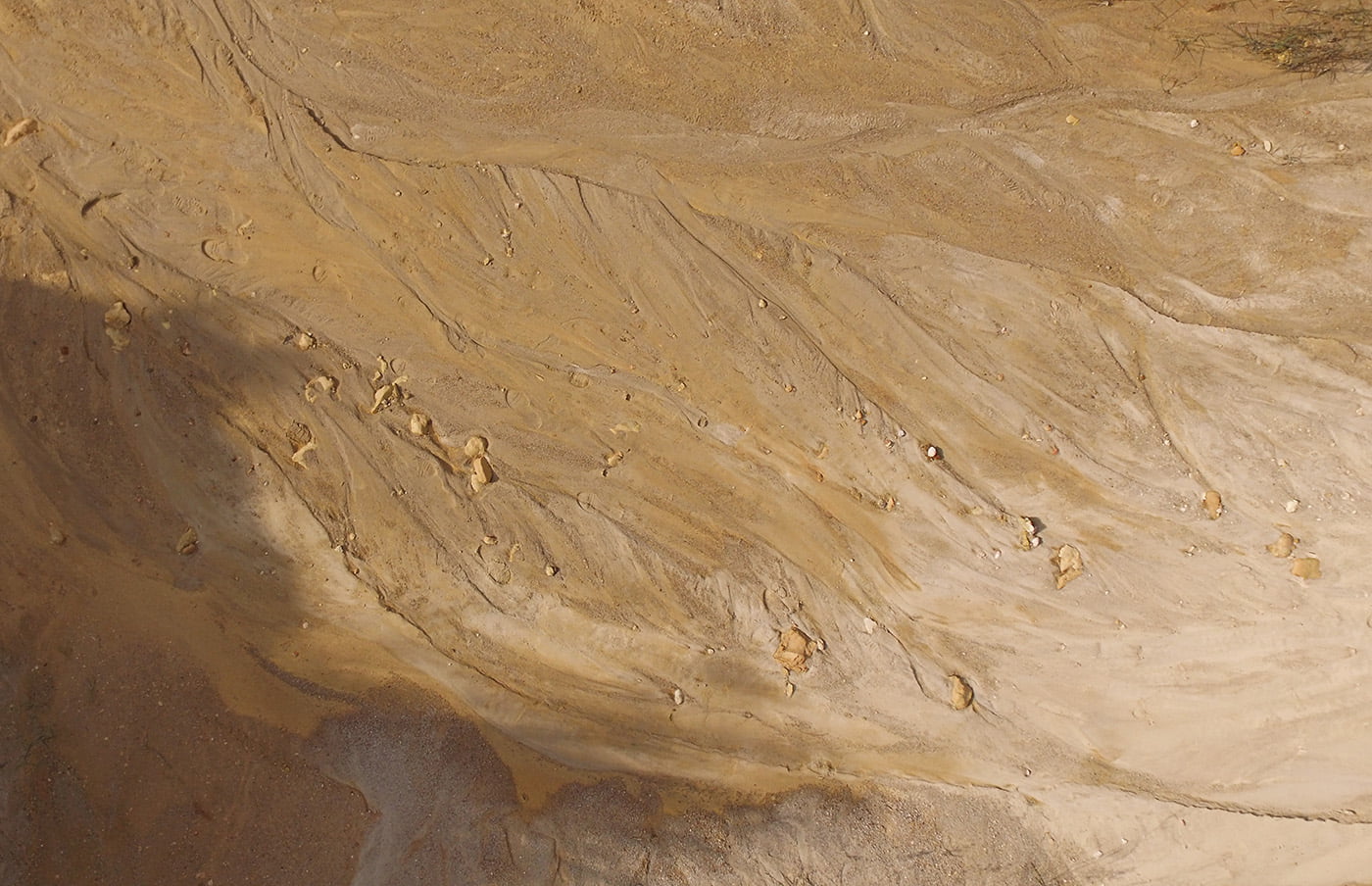
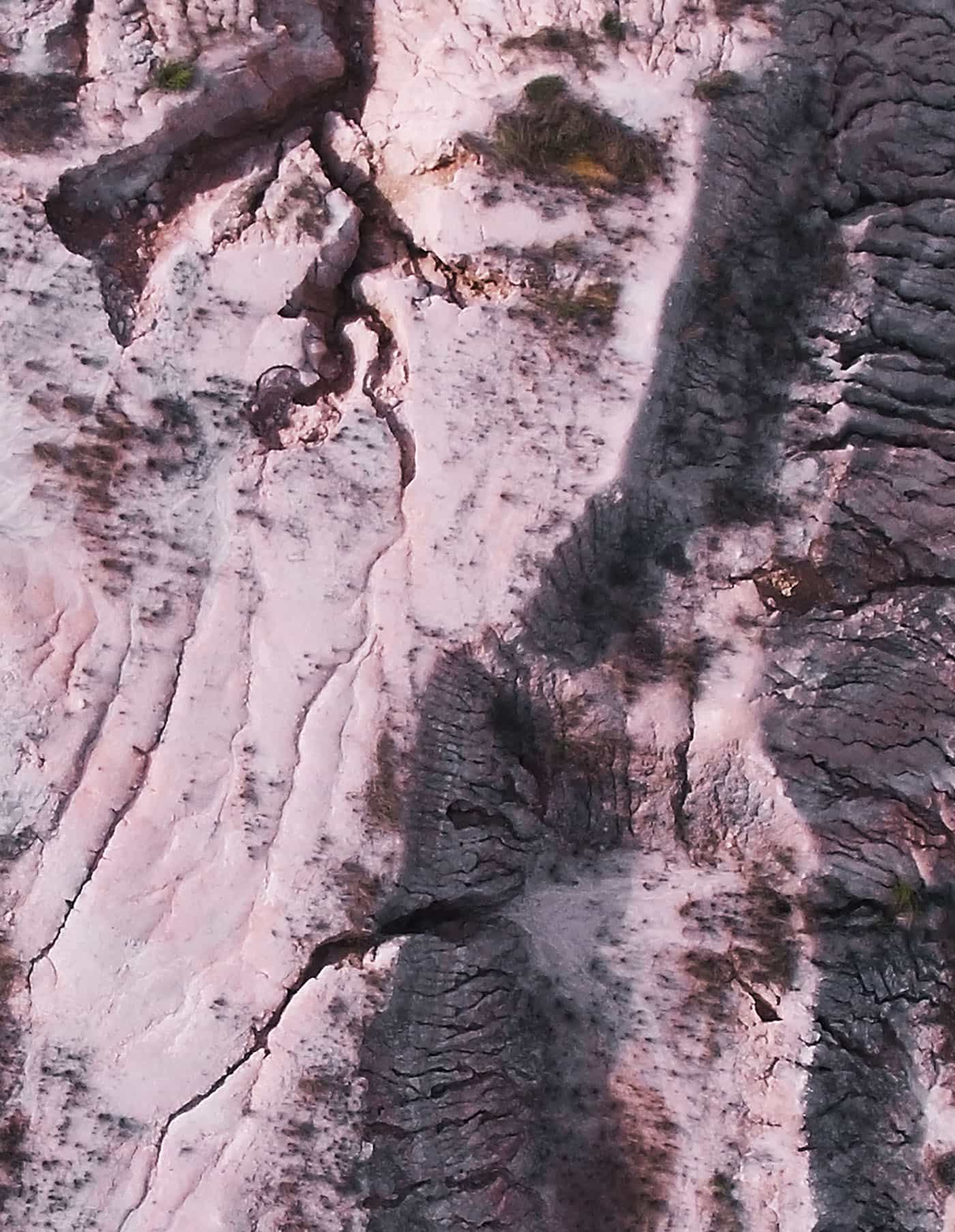
40 meters deep down the ground, there is a huge mine hollowed out by mankind. The pit is overwhelmed by suspiciously green waste water. On the surrounding wasteland, a few clump of grass still hang in there. Villagers doggedly stays around even the village has been half appropriated by the mining area. We entered the village, following by a bunch of leftover women and children far behind, had no clue what they were vigilant to. We walked along the road, out of the mining area, discarded waste soil were piled up like mountain ranges, surprisingly spectacular and stunning against the natural background of water and sunlight.
This is neither a begining, nor an ending. Which will be the next place share the fate of Jindezhen, the former "Porcelain Capital" in high repute, running up the clay resources? From classic collection to household ceramics, and then industrial ceramics, human’s demand for ceramics is excessively increasing, but any ideas to heal the damage to earth came along? From resource to process, following the industrial chain, we keep exploring.
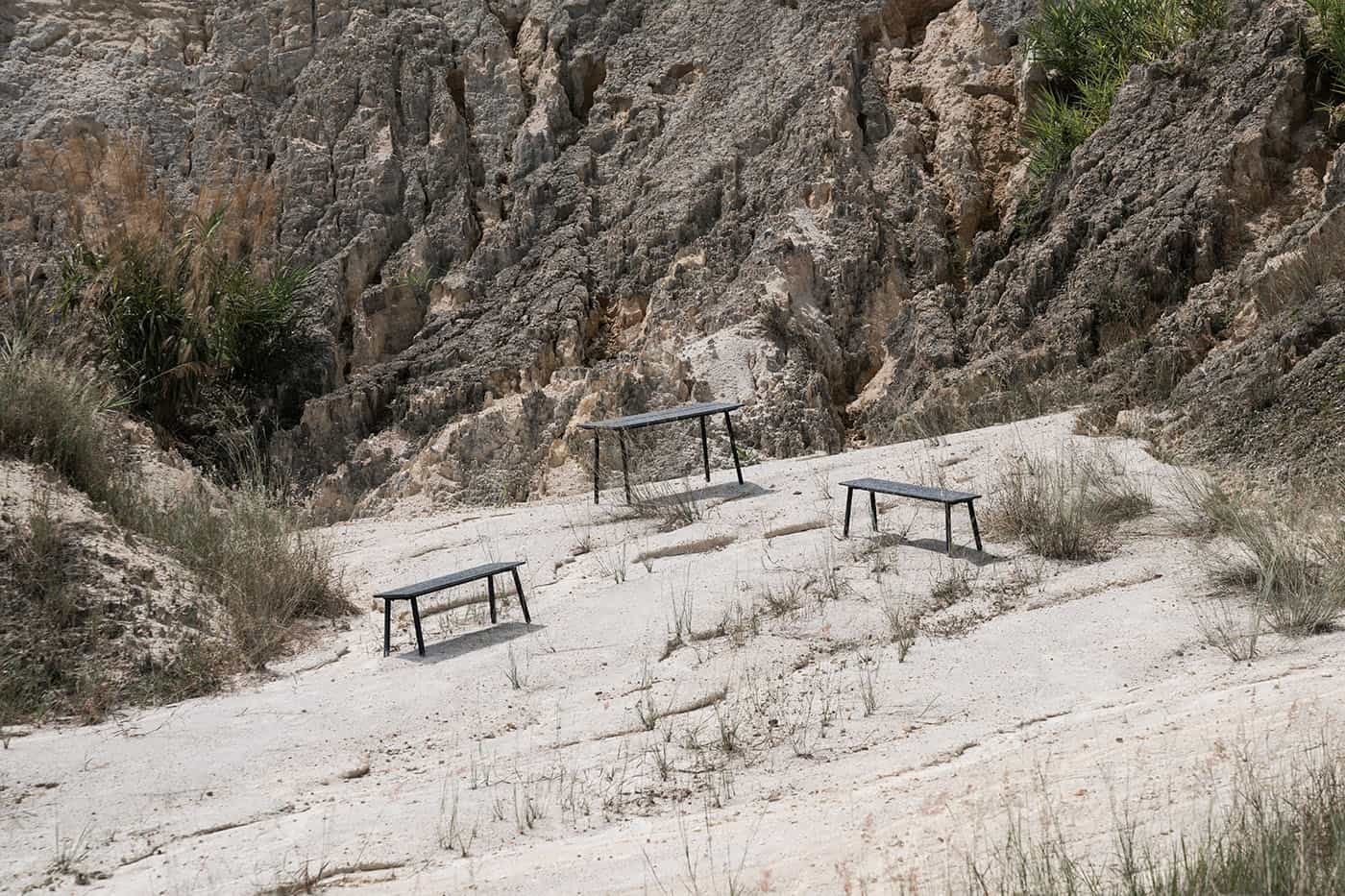
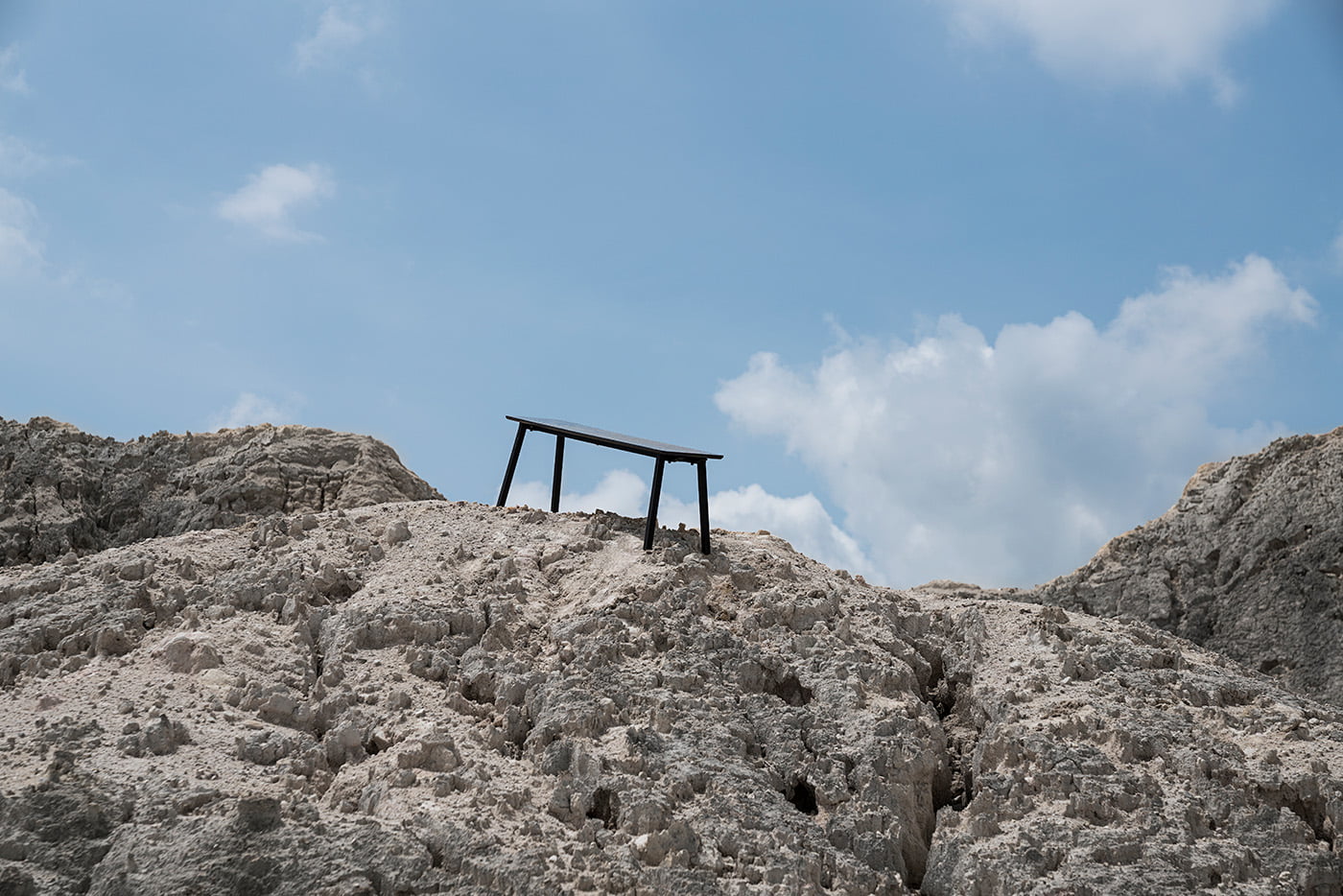
Foshan, China
Foshan, China, with its world's largest and most mature ceramic industry chain and clusters of construction ceramics factories, is home to 1/8 of the global annual construction ceramics output and food and represents the subsistence of 10 million Chinese. At the same time, it has to bear the environmental pollution brought about by 4 million tons of ceramic waste per year.
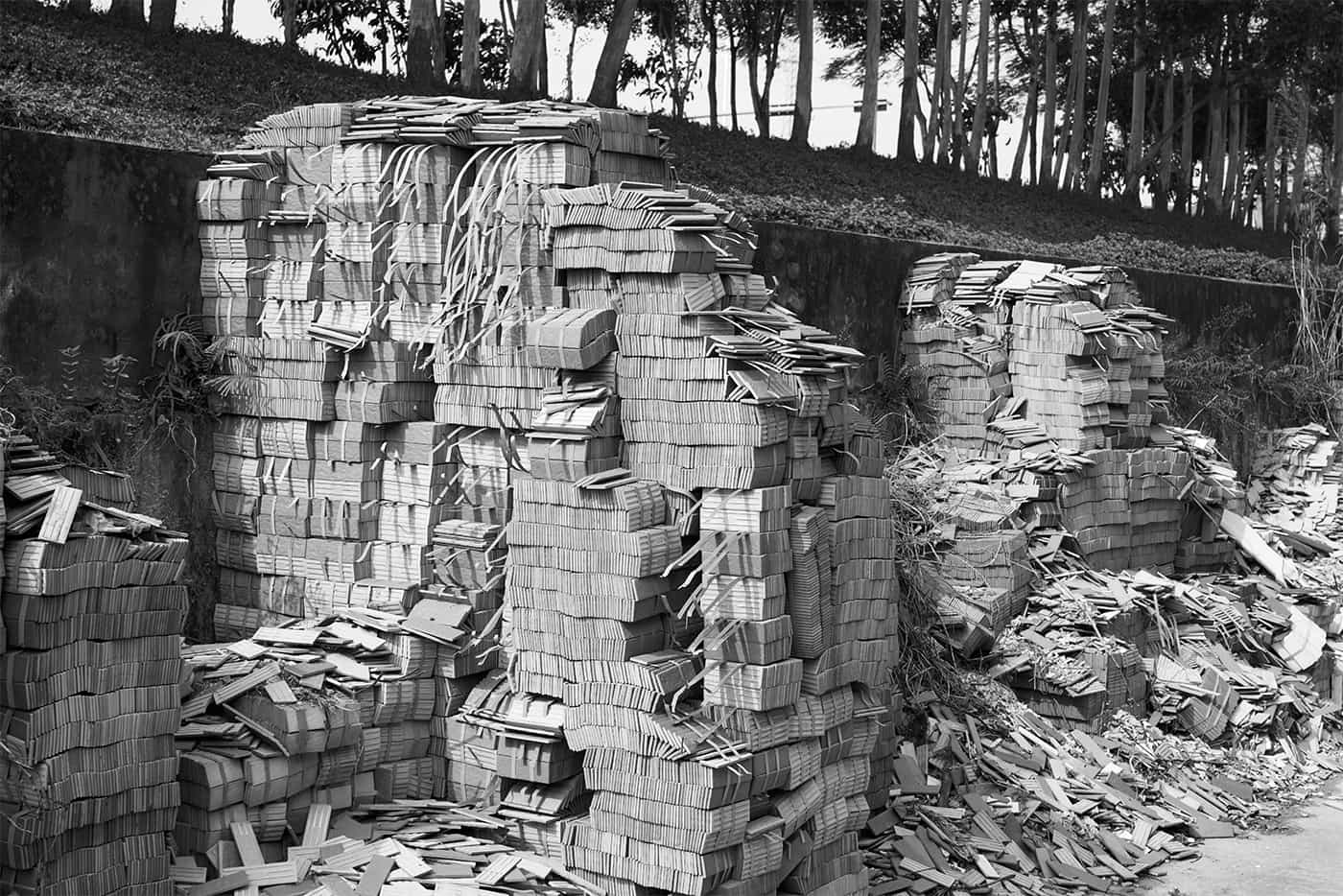
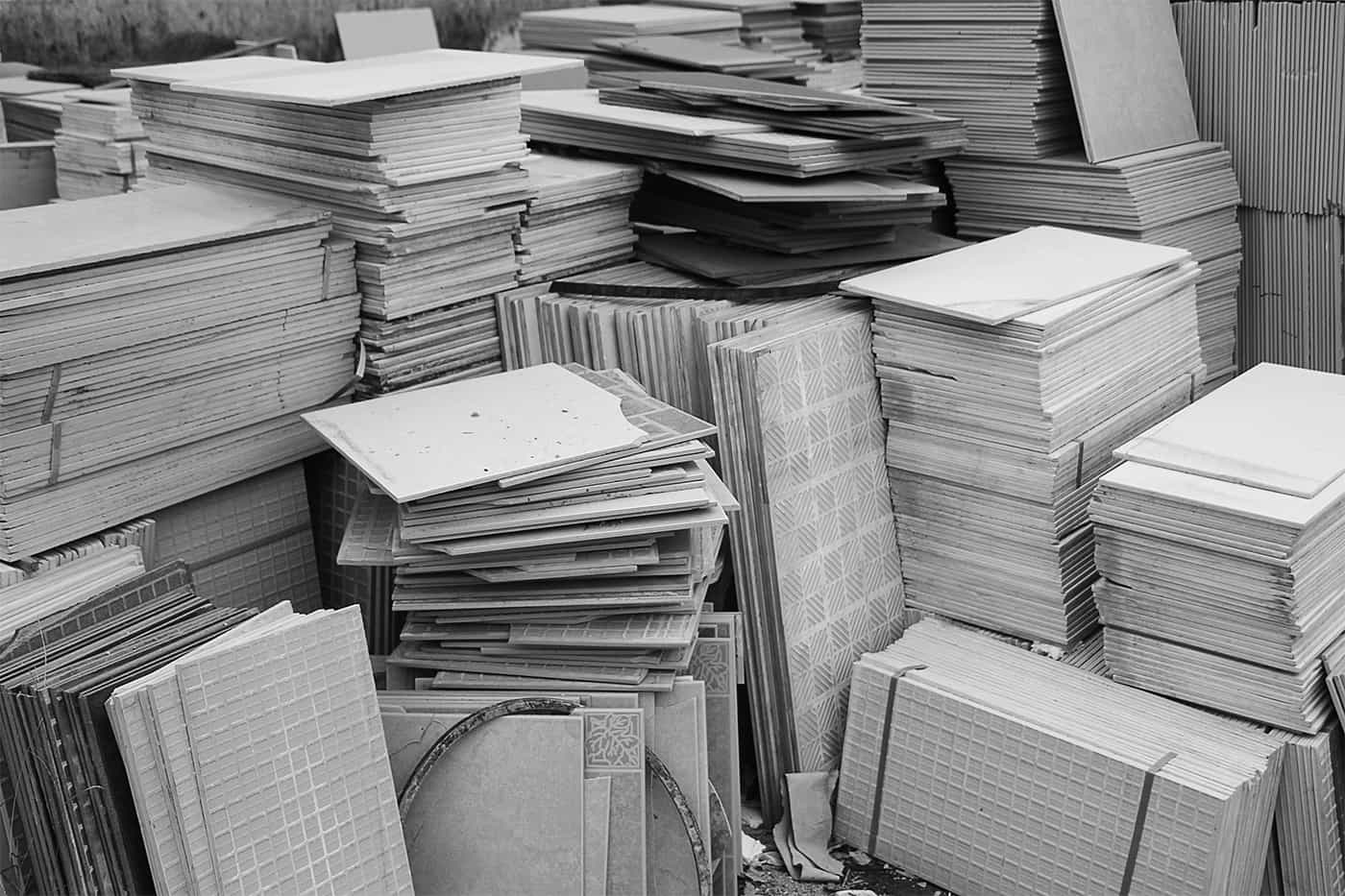
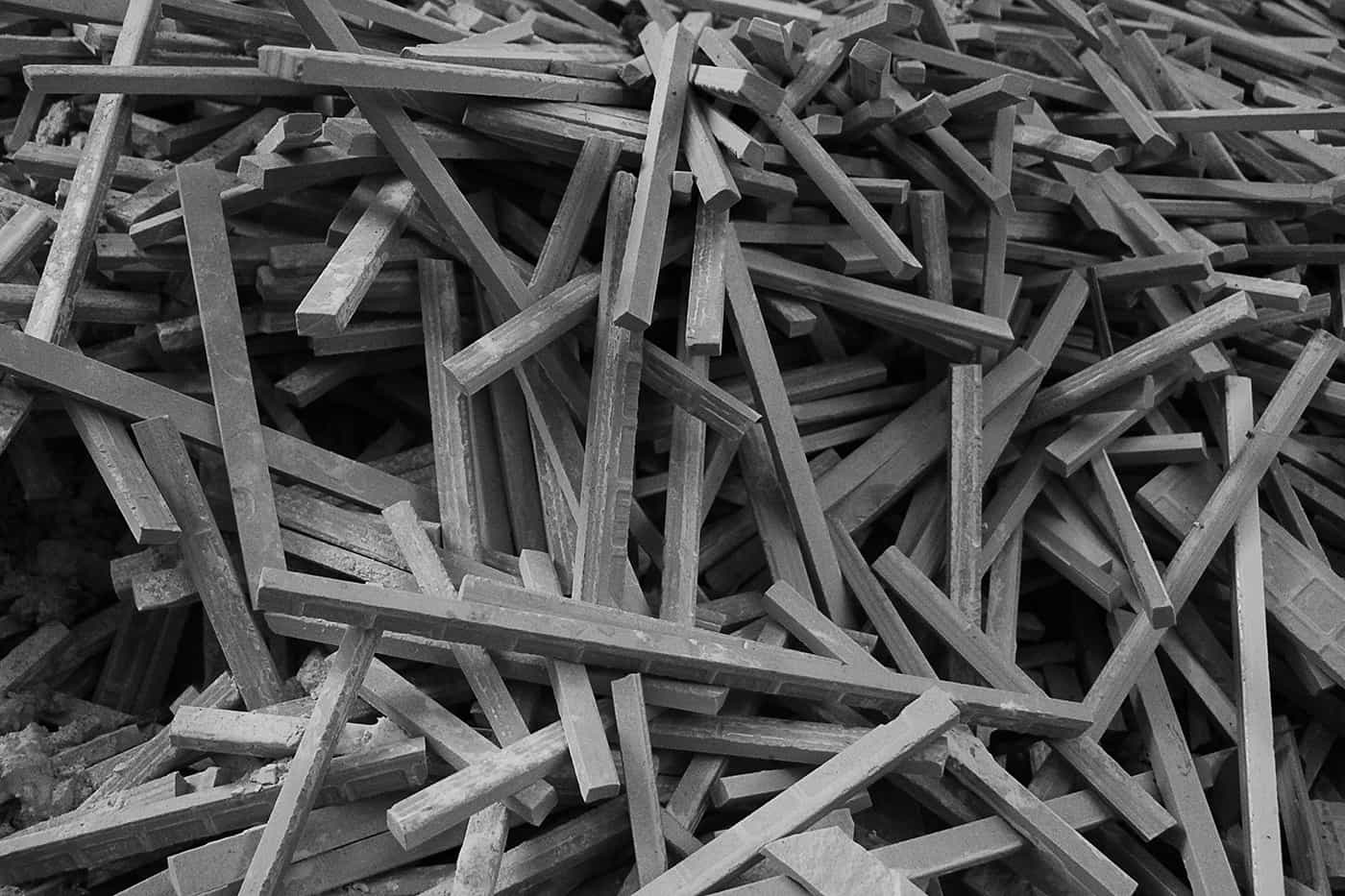
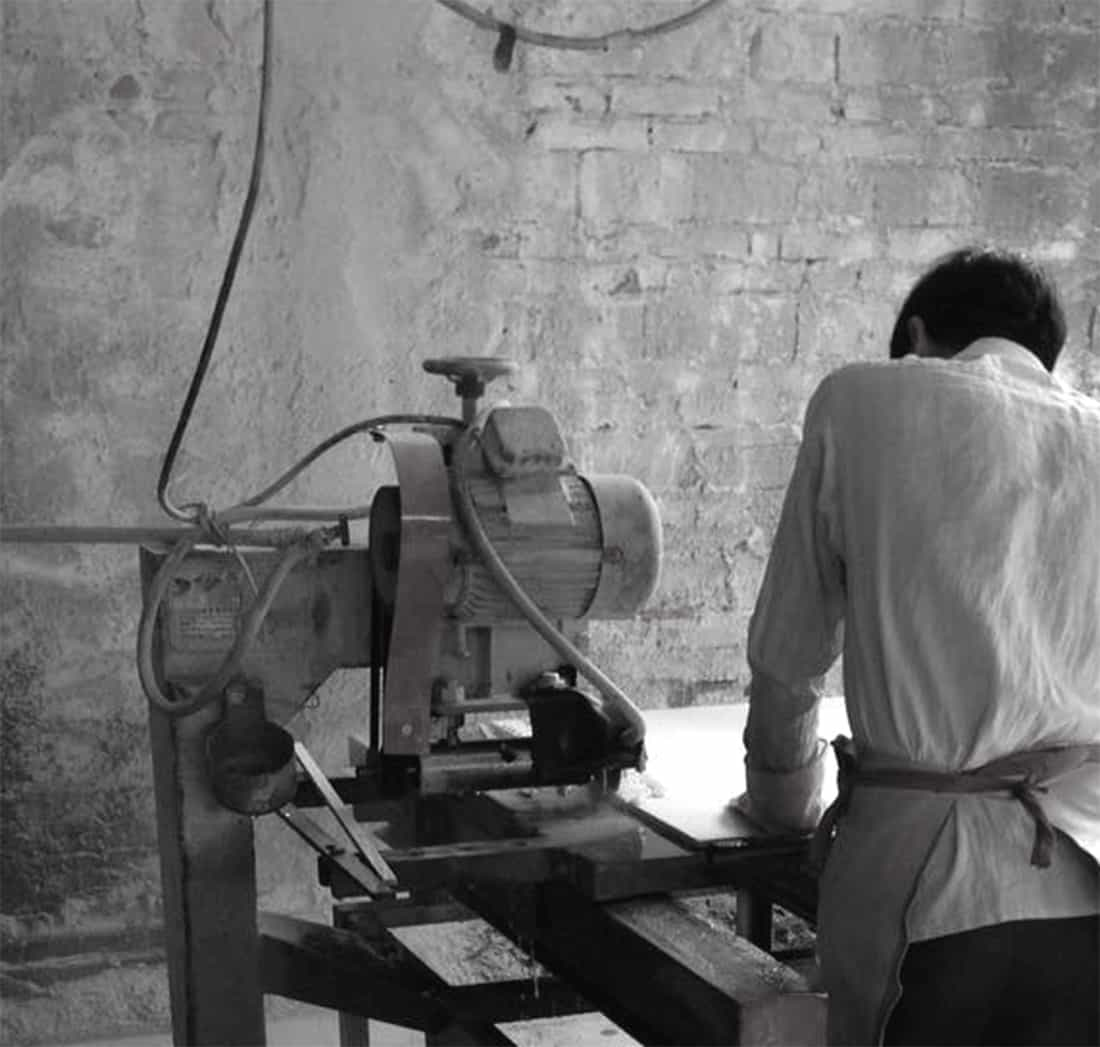
The focus on ceramic scraps can be described as accidental and not accidental. The factory is located near the industrial area, there happens to be a ceramic scrap processing plant. Every time you pass, you will be able to see the waste porcelain piled up like a mountain, unattended, and do not know where it will be quietly transported to discard. Deeper understanding will know that this is just the tip of the iceberg. Foshan alone, China's southern porcelain capital, the annual production of various ceramic waste has also exceeded 4 million tons. Ceramic scrap to third-party contractors for secondary processing, and then sold at low prices, seems to have been an open secret in this huge industry.
A group of people salivating to pick up the rags, east to pull the west to pull, pick and choose, loaded a box of broken porcelain, no one to stop us, it seems that the waste porcelain is really worthless. These discarded ceramics, and then flow to where?
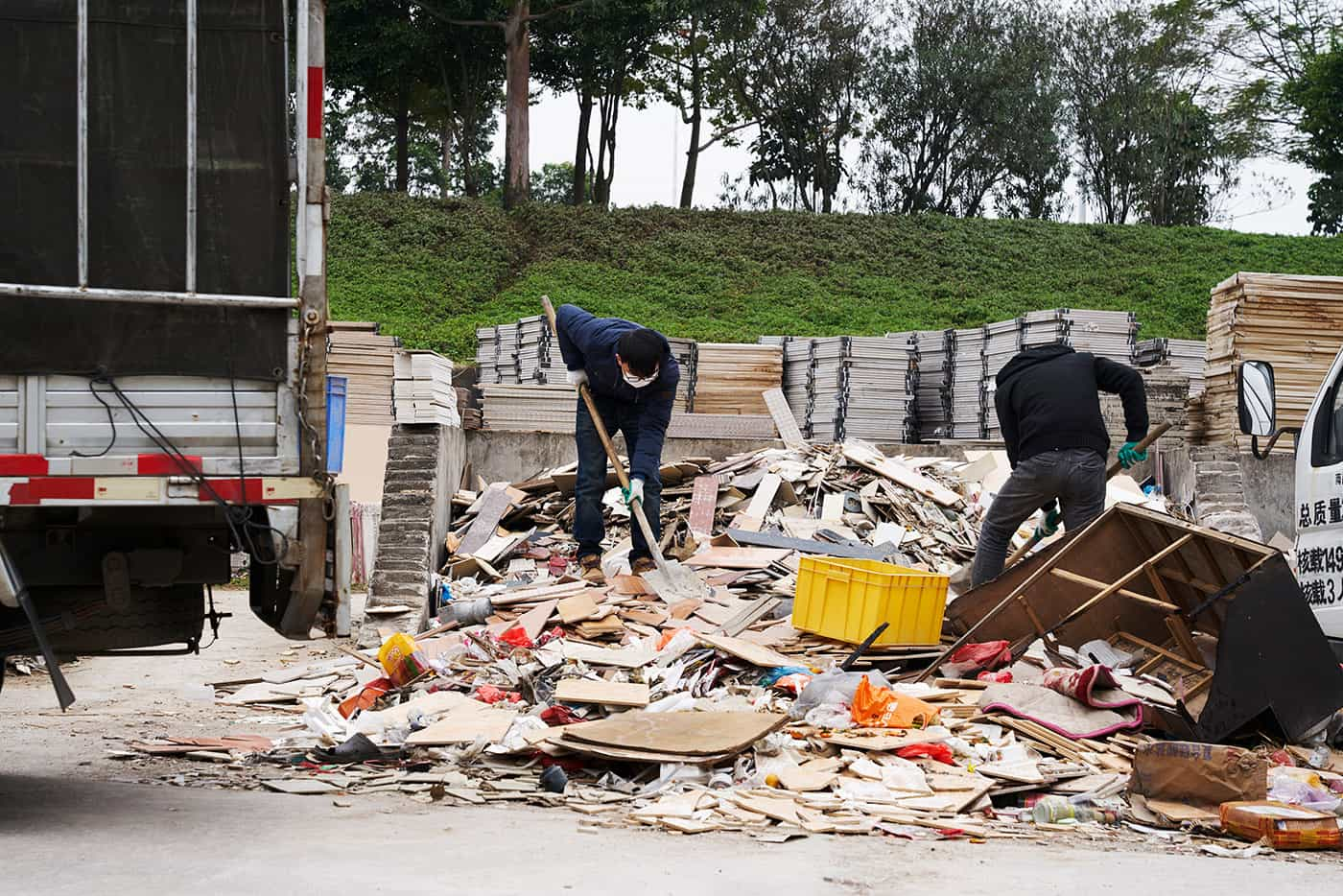
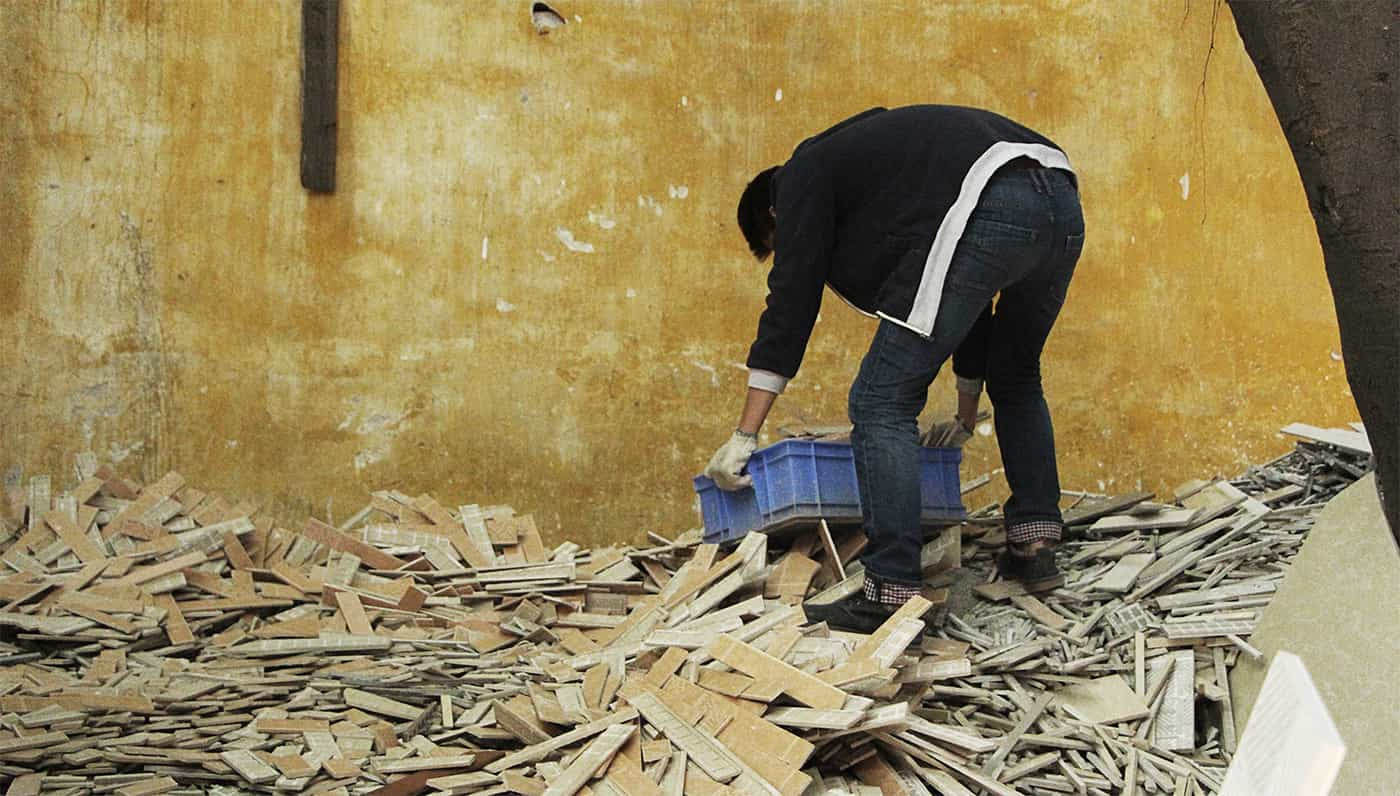
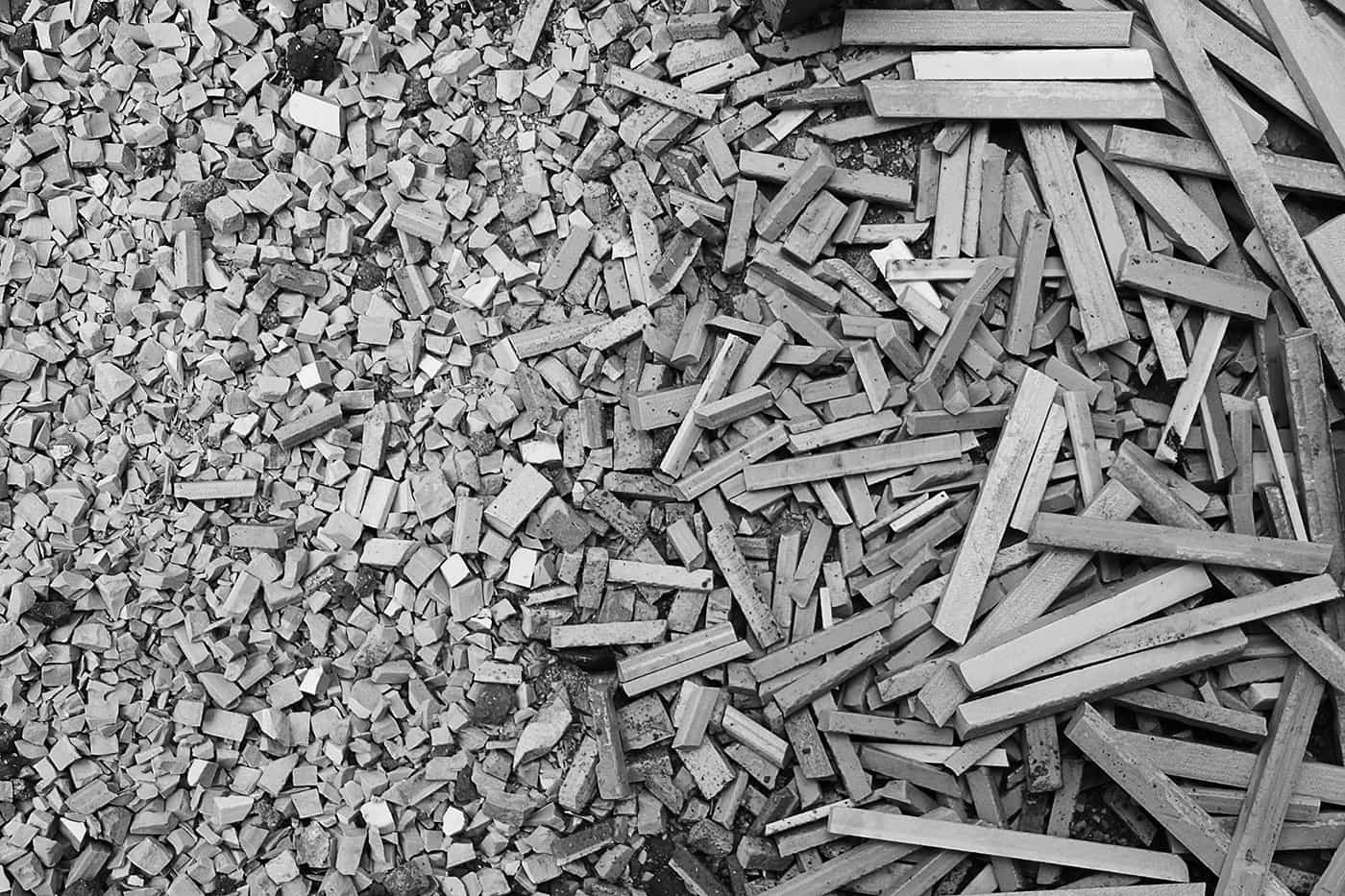
For ceramics, people always have inexplicable contradictory feelings. On the one hand, as the great invention of our ancestors, in the shadow of our five thousand years of civilization behind us, ceramics can be found everywhere, art, goods, cultural symbols, to the Silk Road to the world for centuries, ceramics for us, has become a sense of national belonging, pride carrier. On the other hand, people's love for ceramics is particularly biased, stopping at books, museums, and the traditional form of ceramics. Cut off from it, people are familiar with the ceramics in daily life, but ignored. The lack of cultural attention, the increasing competition in the industry, the desire gradually began to get out of hand.
Most of the main raw materials for ceramic production are non-renewable resources, and after high temperature firing, they are so hard that they cannot be digested naturally. The traditional way of disposal is simply to landfill the fish ponds, which not only has high disposal costs, but also causes environmental pollution. And more discarded ceramic fragments, are transported to remote villages illegally dumped, for the sake of immediate petty profits, villagers smile and open the door of convenience. Cycle, consumption, discard, as for the polluted farmland and ponds, that is all future generations.
Recycling experiments
The use of tile trimmings for recycling experiments is an attitude of life, a desire for restraint. However, the traditional concept of recycling discarded tiles is simply to break up the waste porcelain and add it back to the raw materials for ceramic production. Due to the need to maintain the stickiness of the clay material, the amount of waste ceramic powder that can be used in each production is very limited. Is recycling ceramics with waste ceramic trimmings the only way? If not, how can waste ceramics be returned to the product?
By trying to combine waste ceramic trimmings with concrete, which is what we specialize in, we are trying to test the idea that by using the cementitious effect of cement, we can no longer limit its utilization? Combining ceramic trimmings with concrete back into the product Transforming discarded ceramic trimmings into highly usable, mass-produced building products also achieves environmental significance.
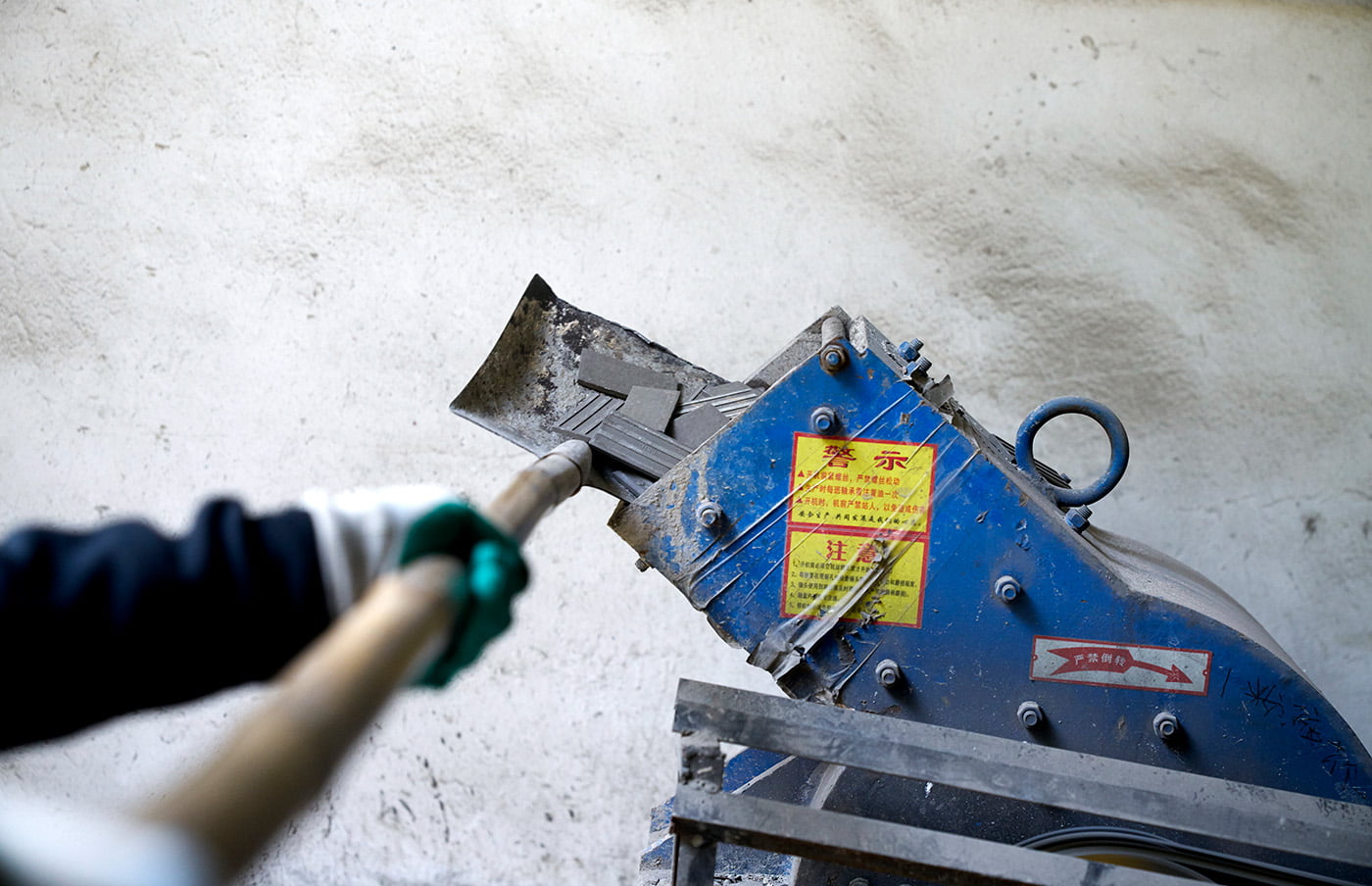
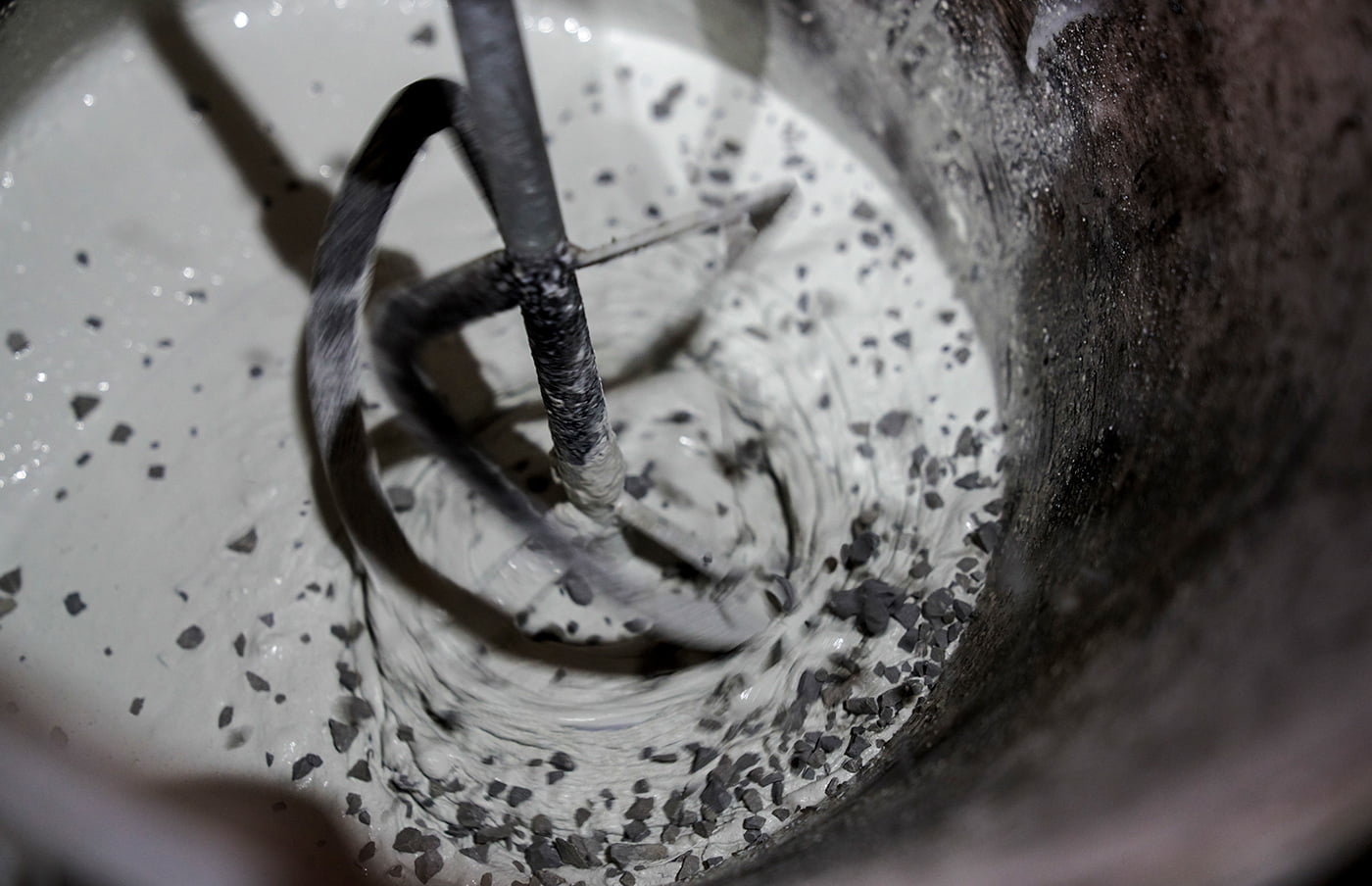
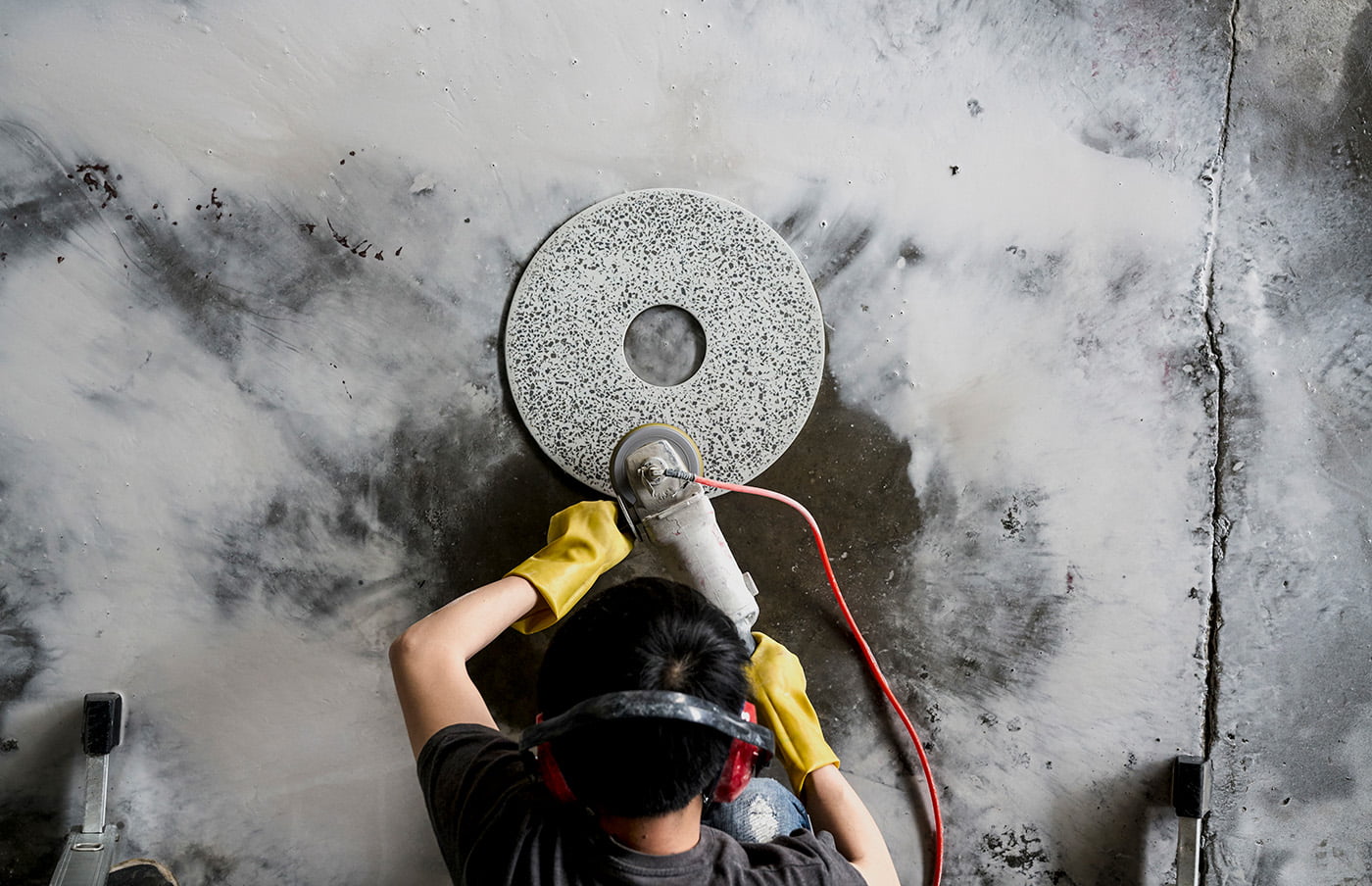
Ceramic-made - a material regeneration experiment using wasted tiles to make terrazzo, so that the waste materials could be put back into use on general public level in the form of derivative industries, and become everyday furniture that can be produced in a large scale.
Human beings need to consume and produce in order to survive. We are not really able to alter this industry fundamentally, but ought we simply ignore it?
Setting out on the 4 million tons of tiles and blending the materials regeneration into day-to-day lives, it is not only a bold attempt to stimulate the commercial value and a practice of merging the idea of environmental protection into our daily lives, but also the basic adherence to and pursuit of one’s dignity.
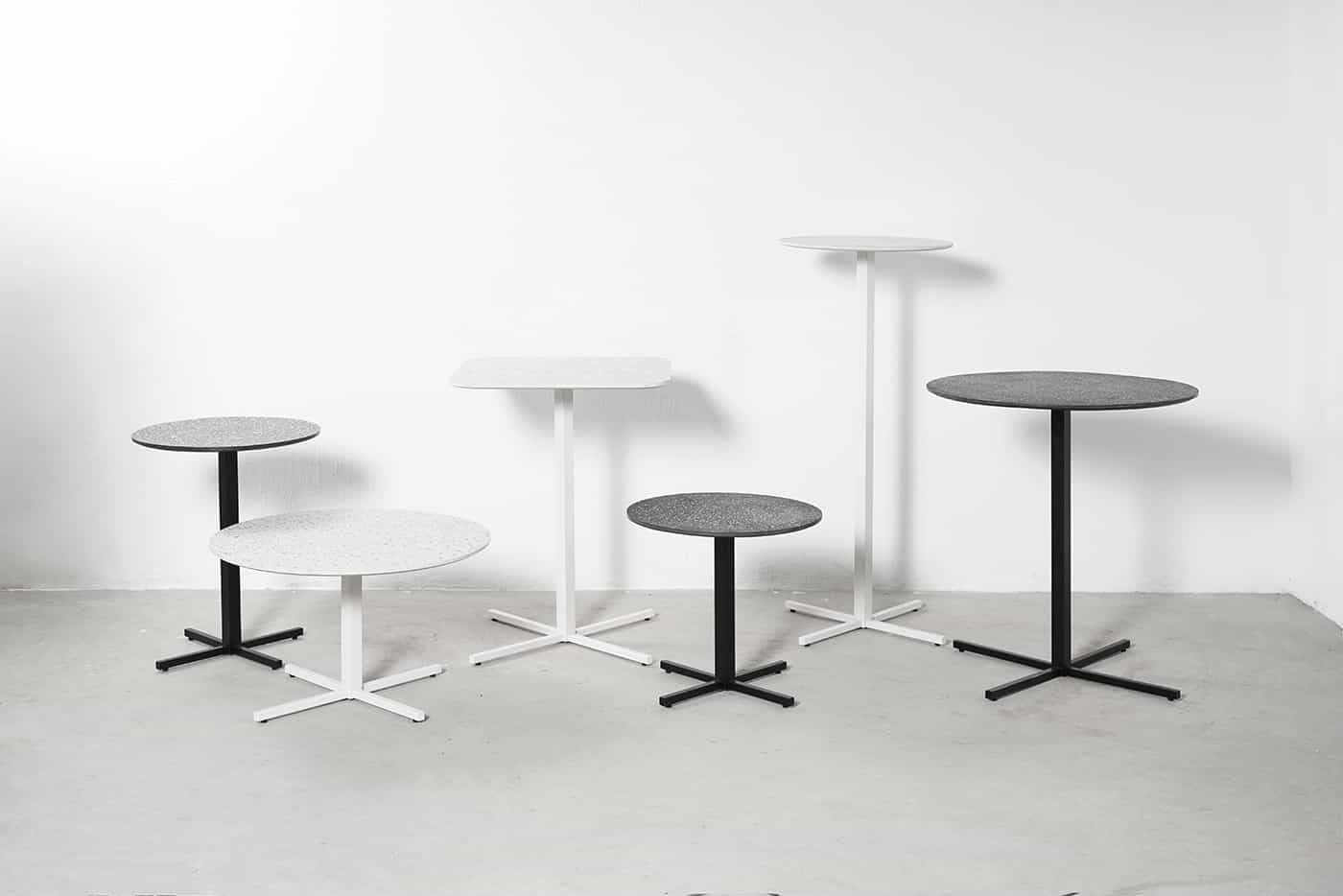
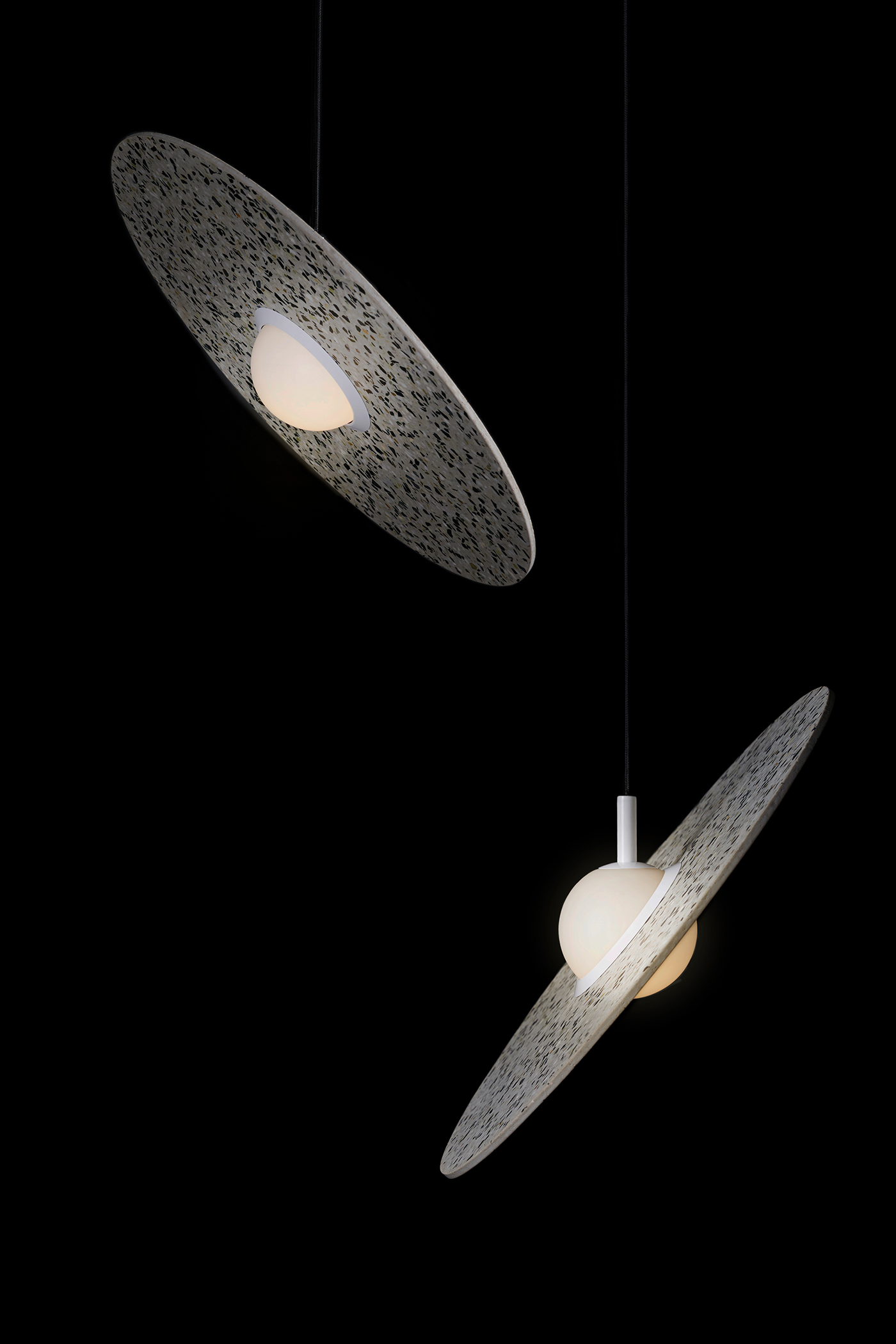
Ceramics Made at Salone Satellite 2017, Milan
Bentu’s latest terrazzo project Ceramics Made were released at Salone Satellite 2017. It’s not only an experiment of recycling ceramics waste, but also an available, sustainable furniture industry chain.
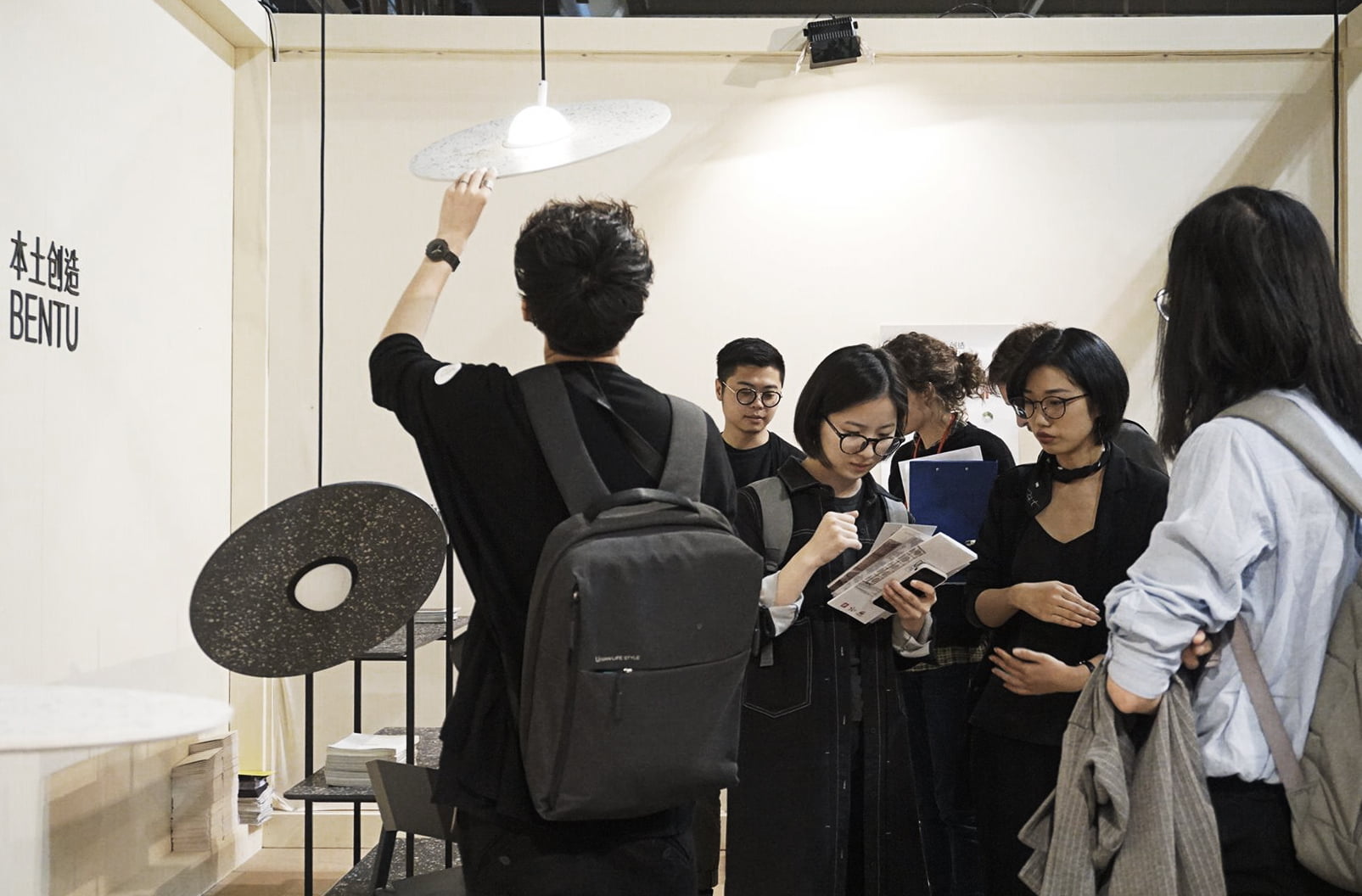
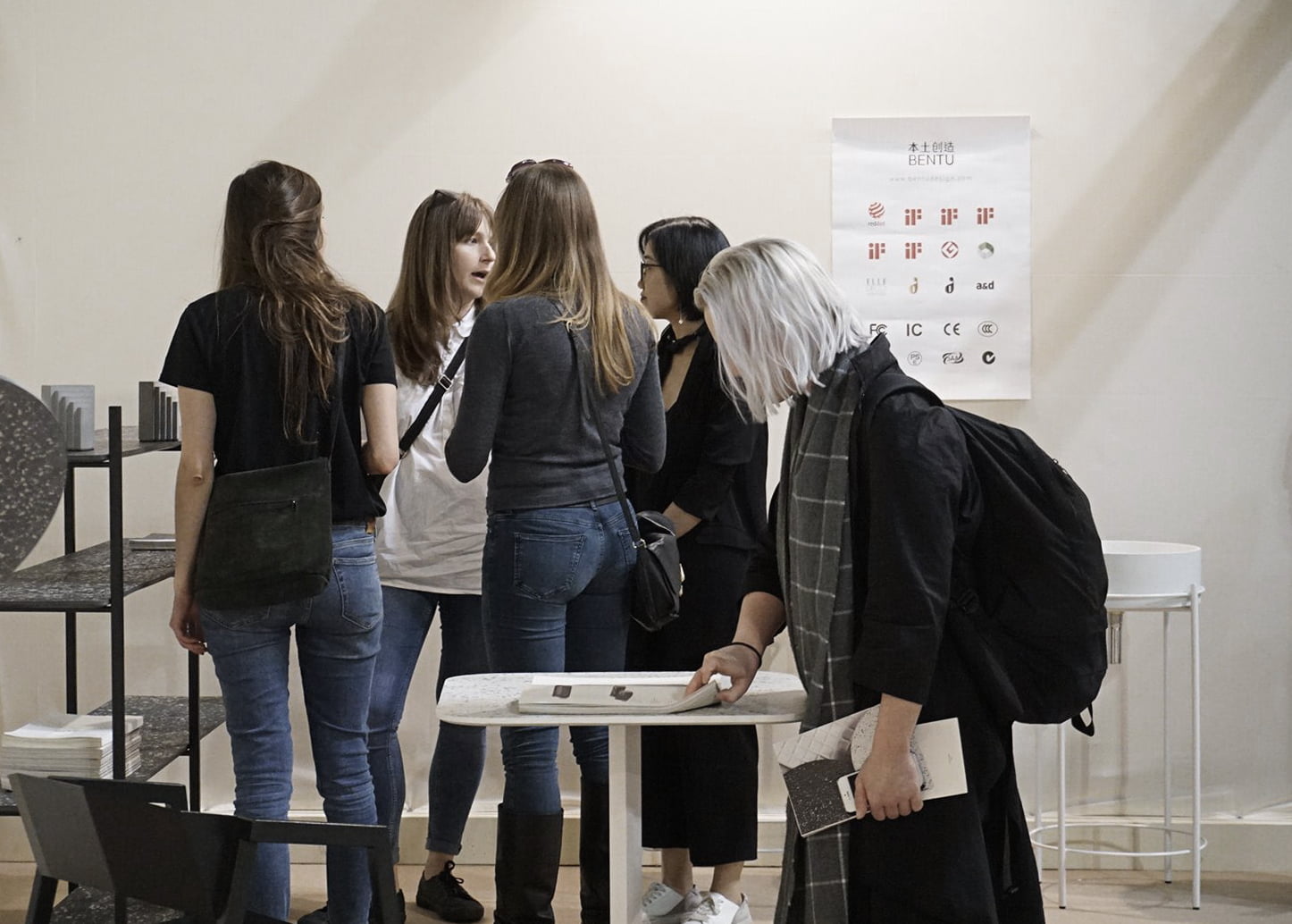
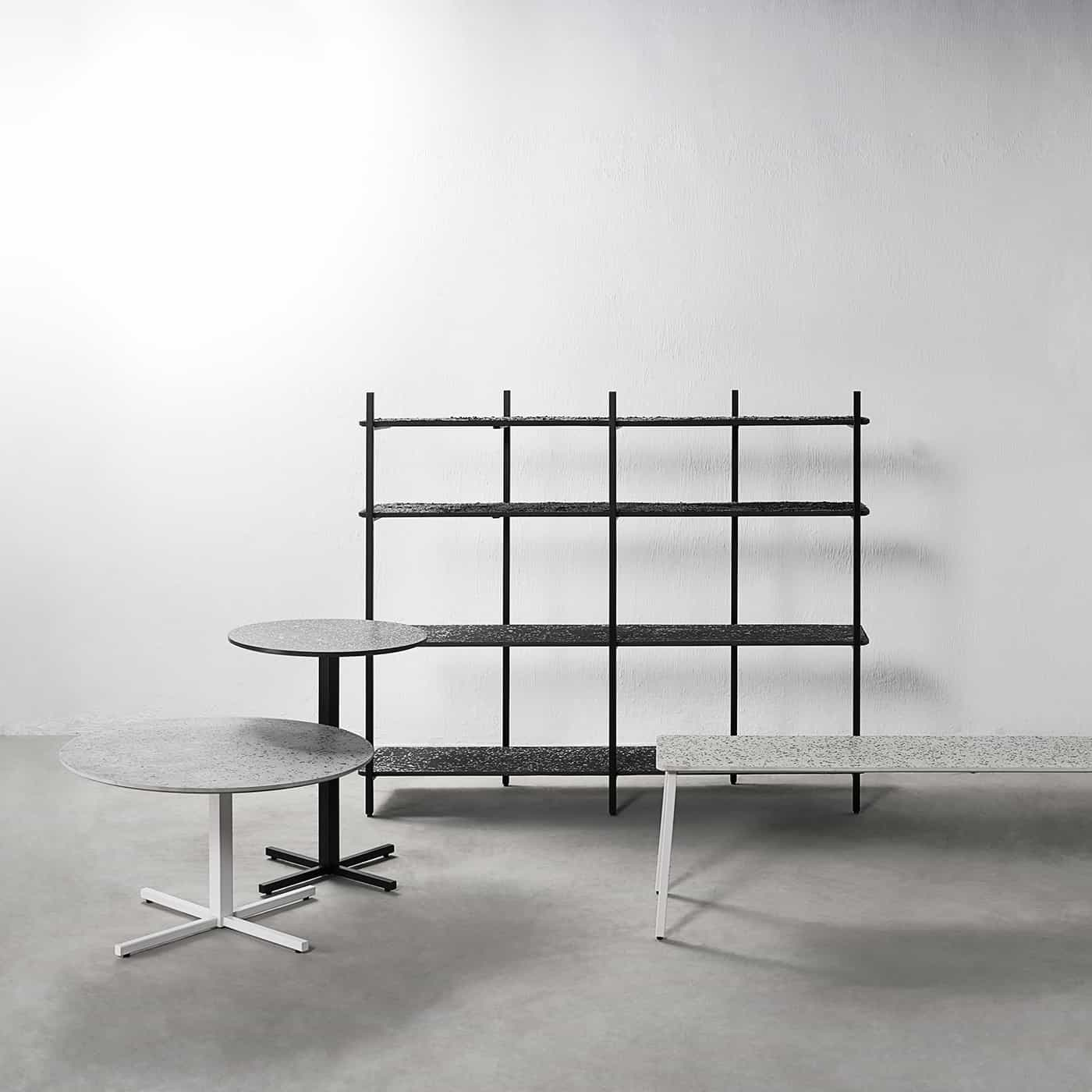
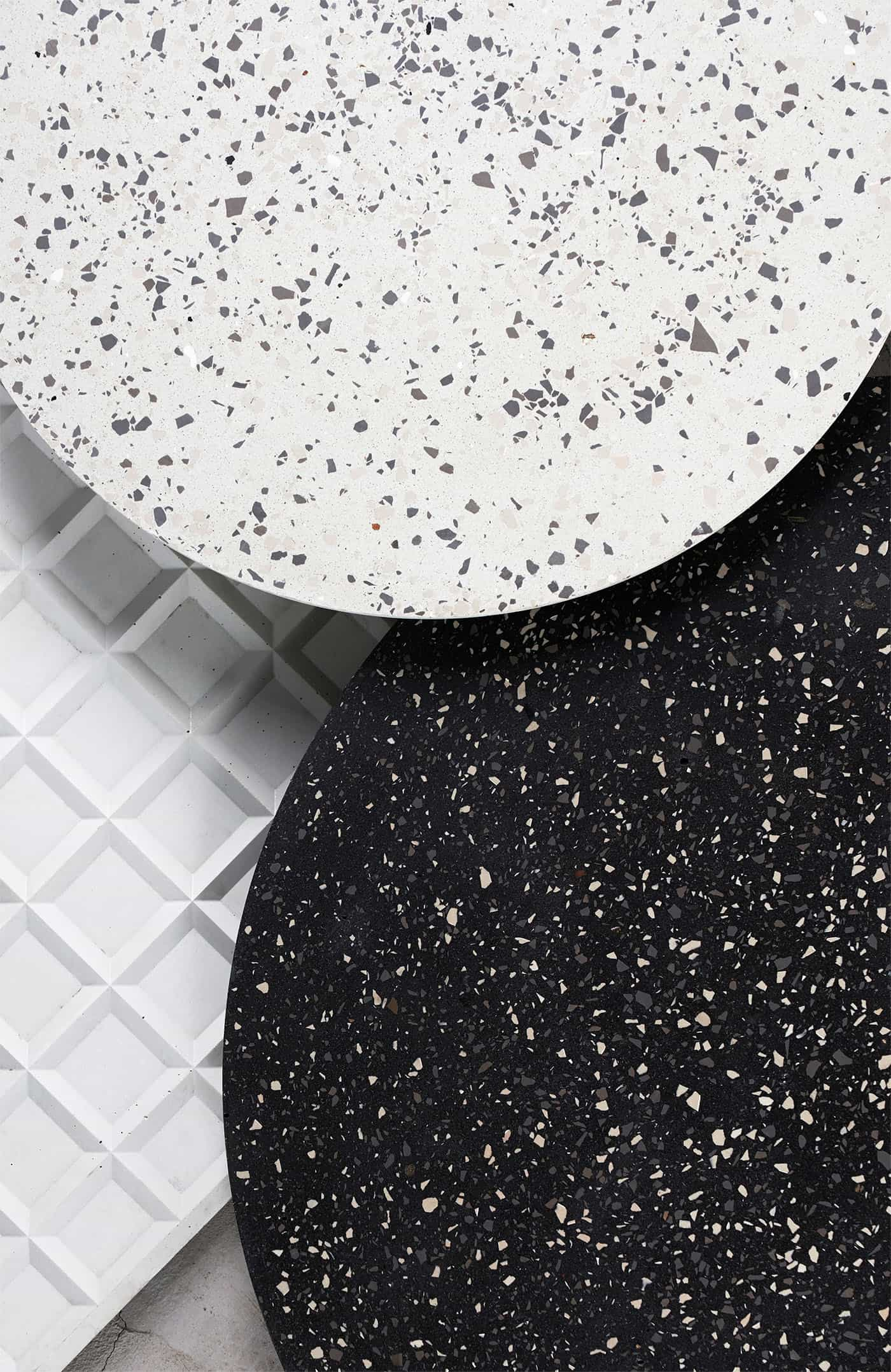
Ceramics Made, 2019
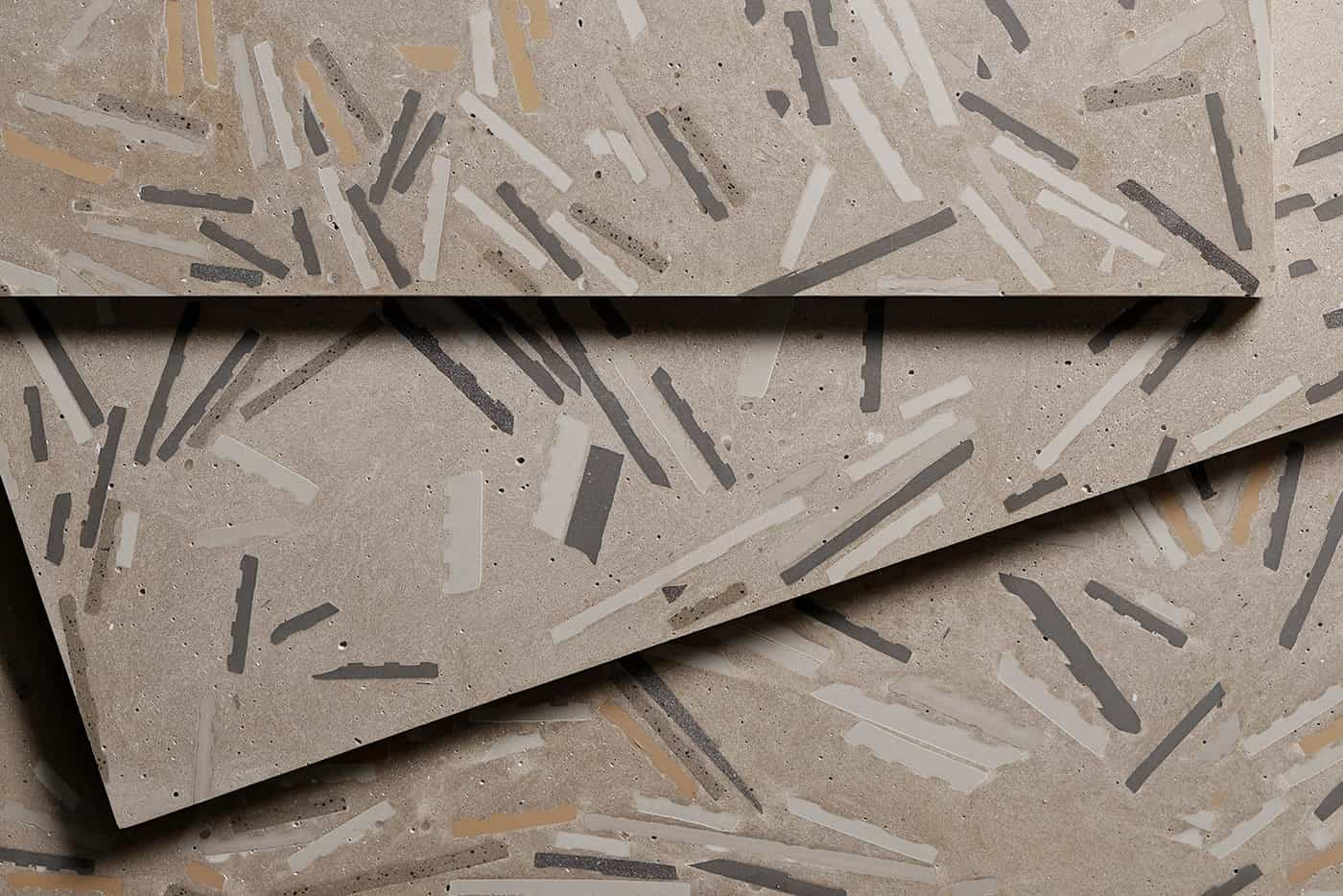
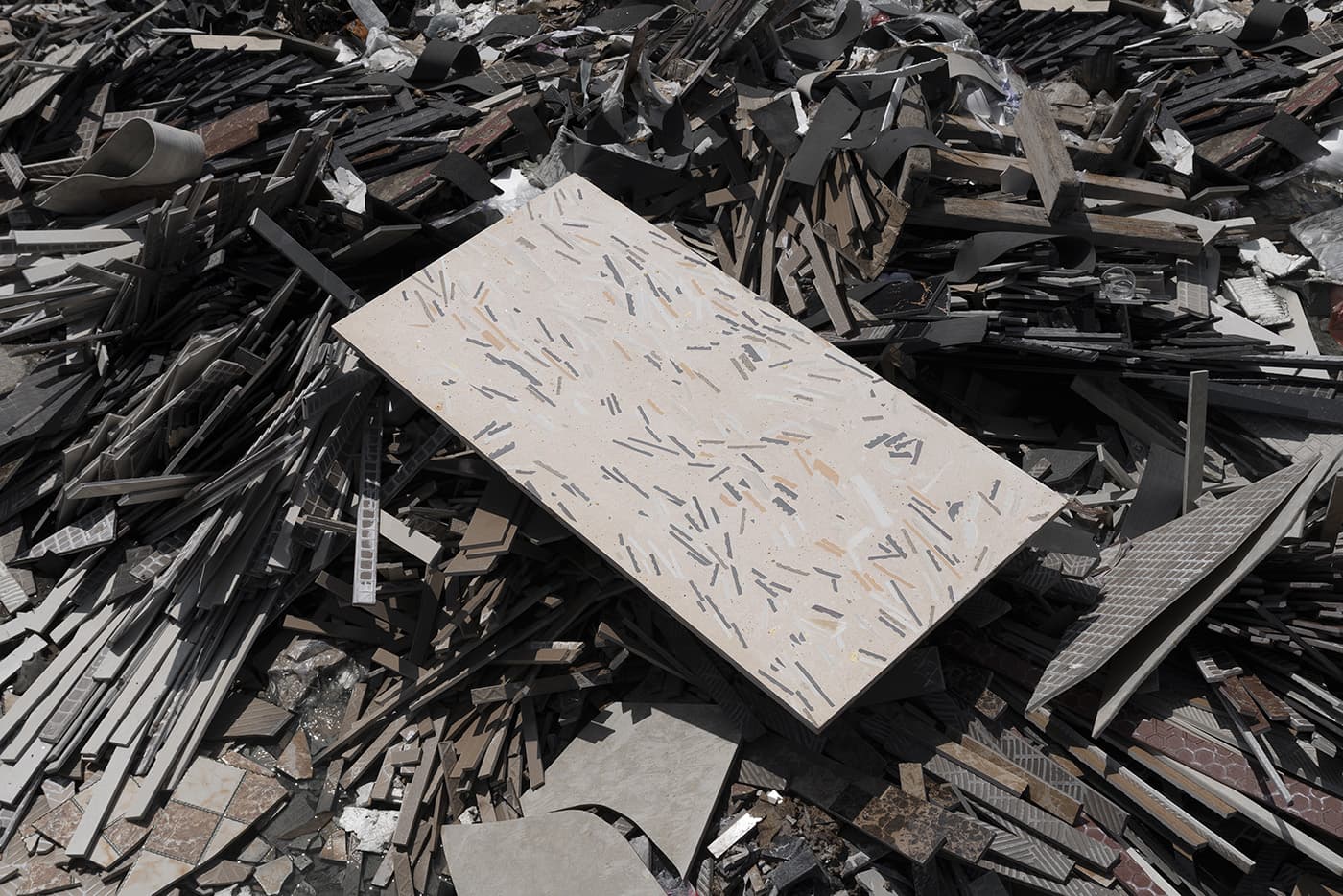
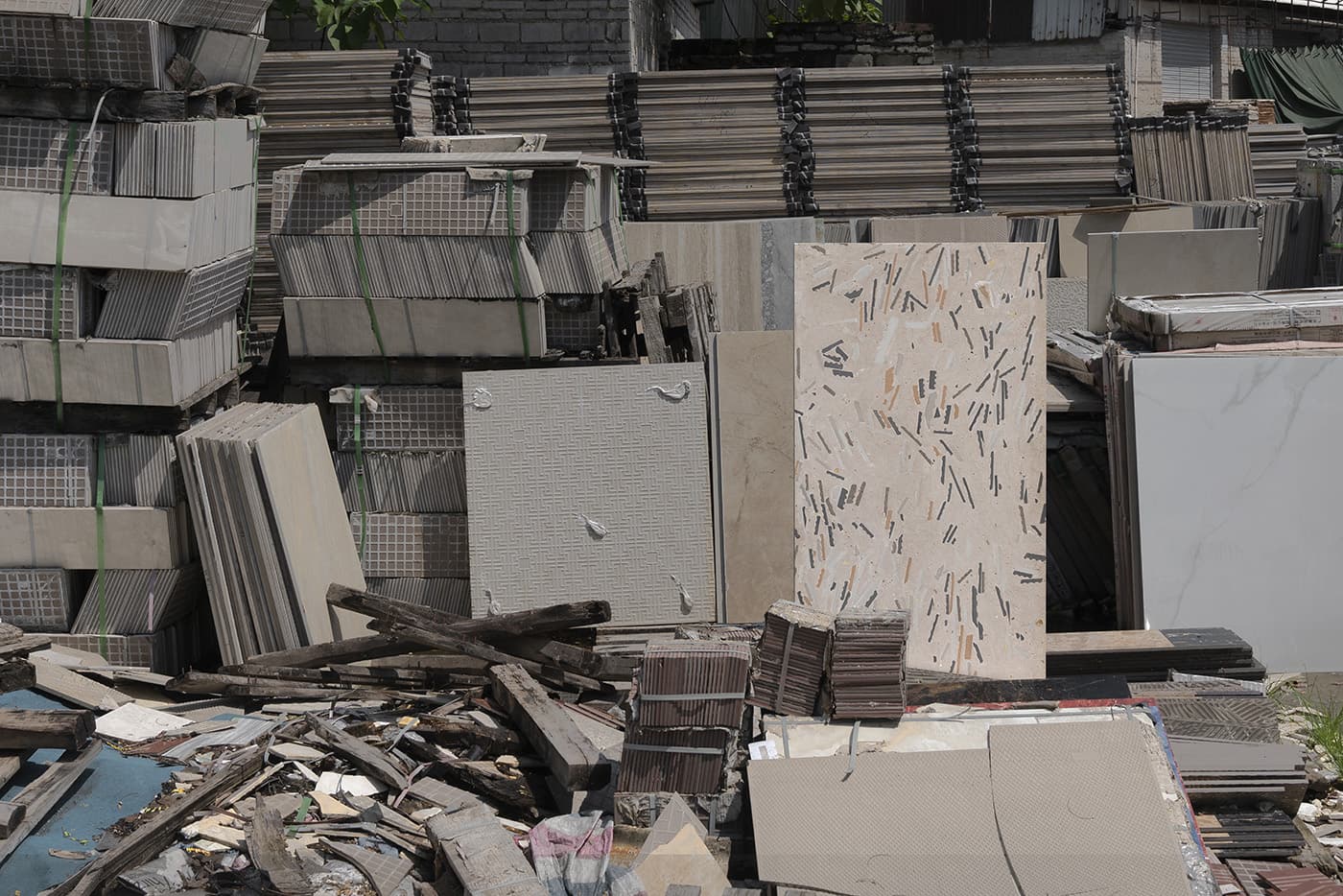
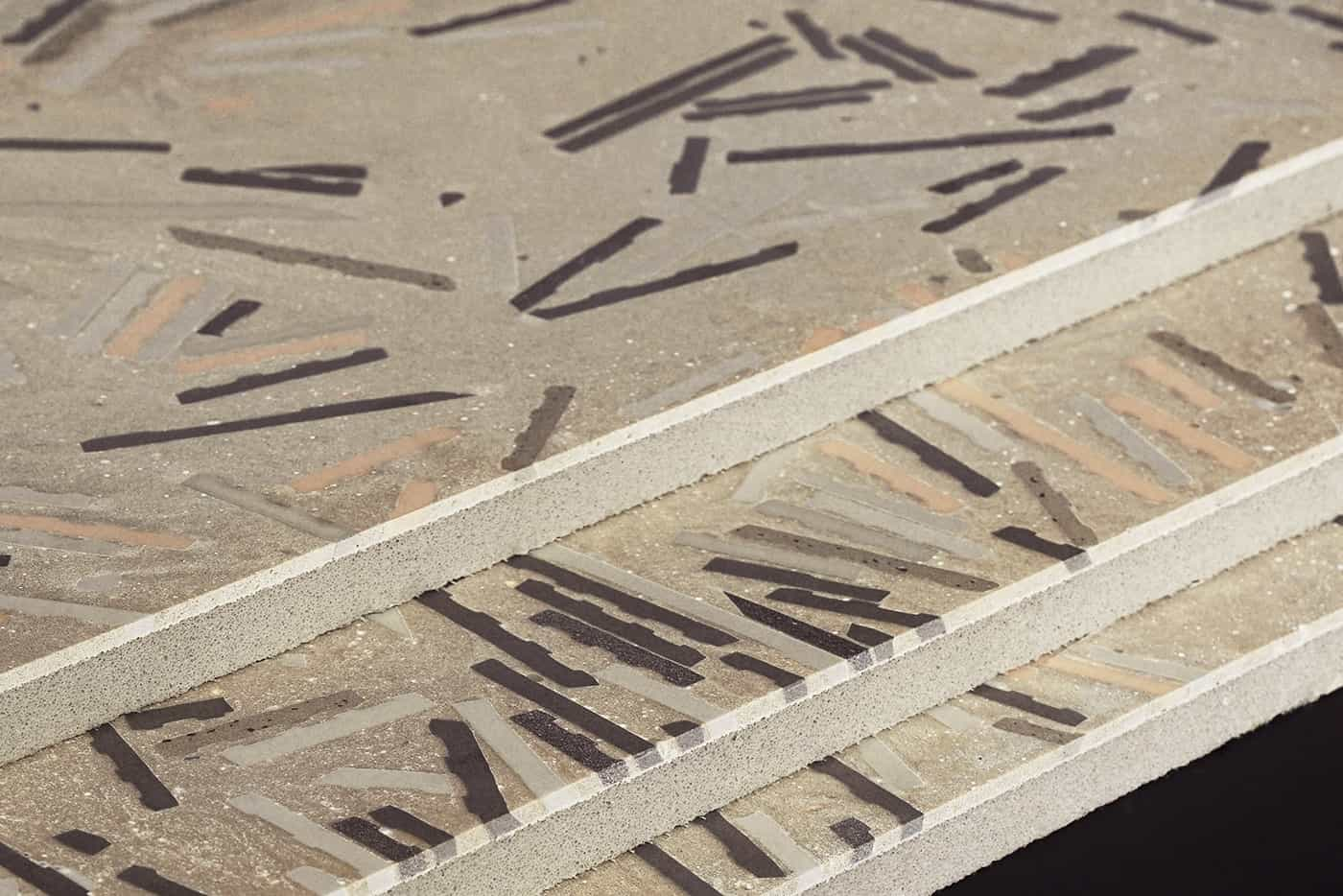
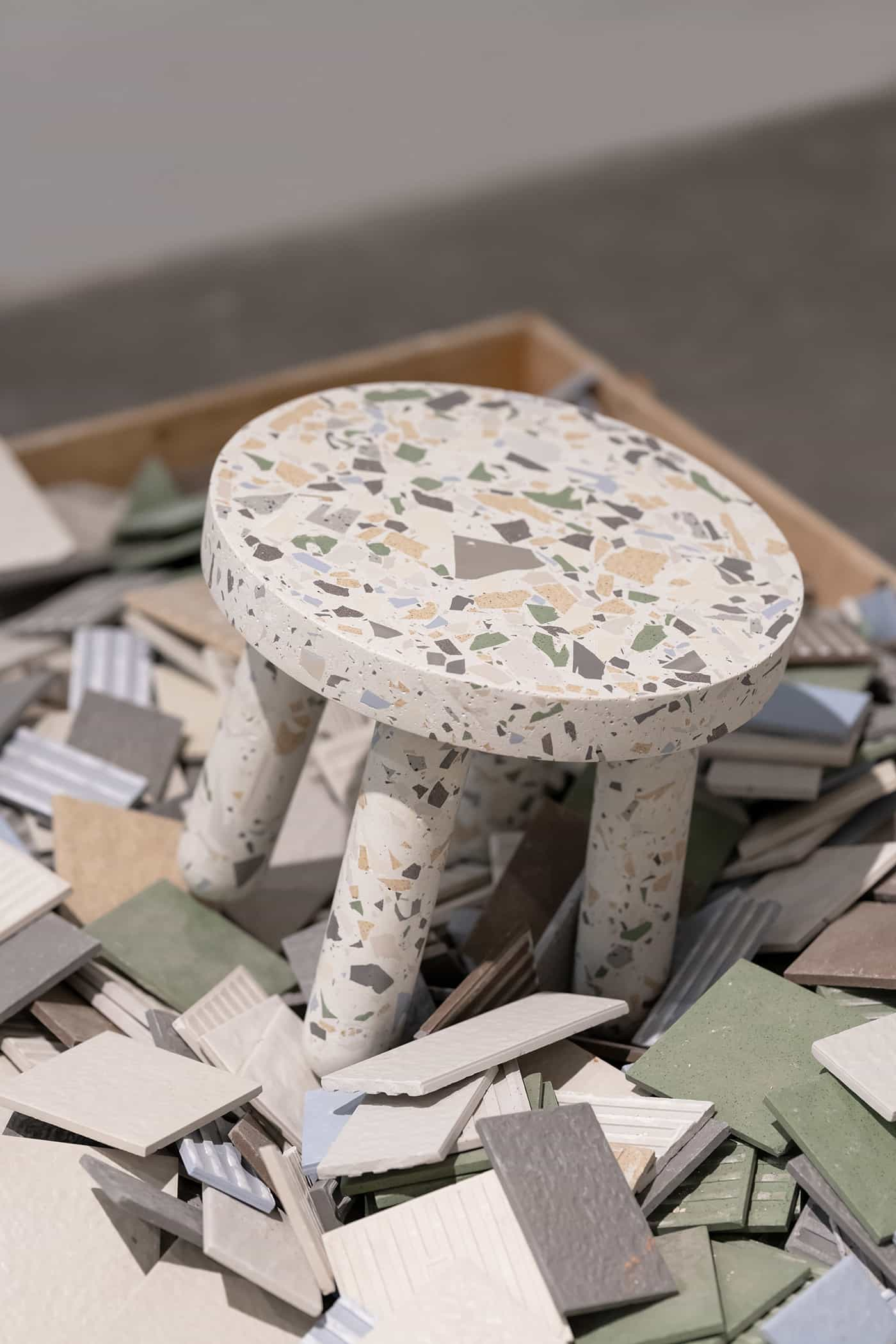
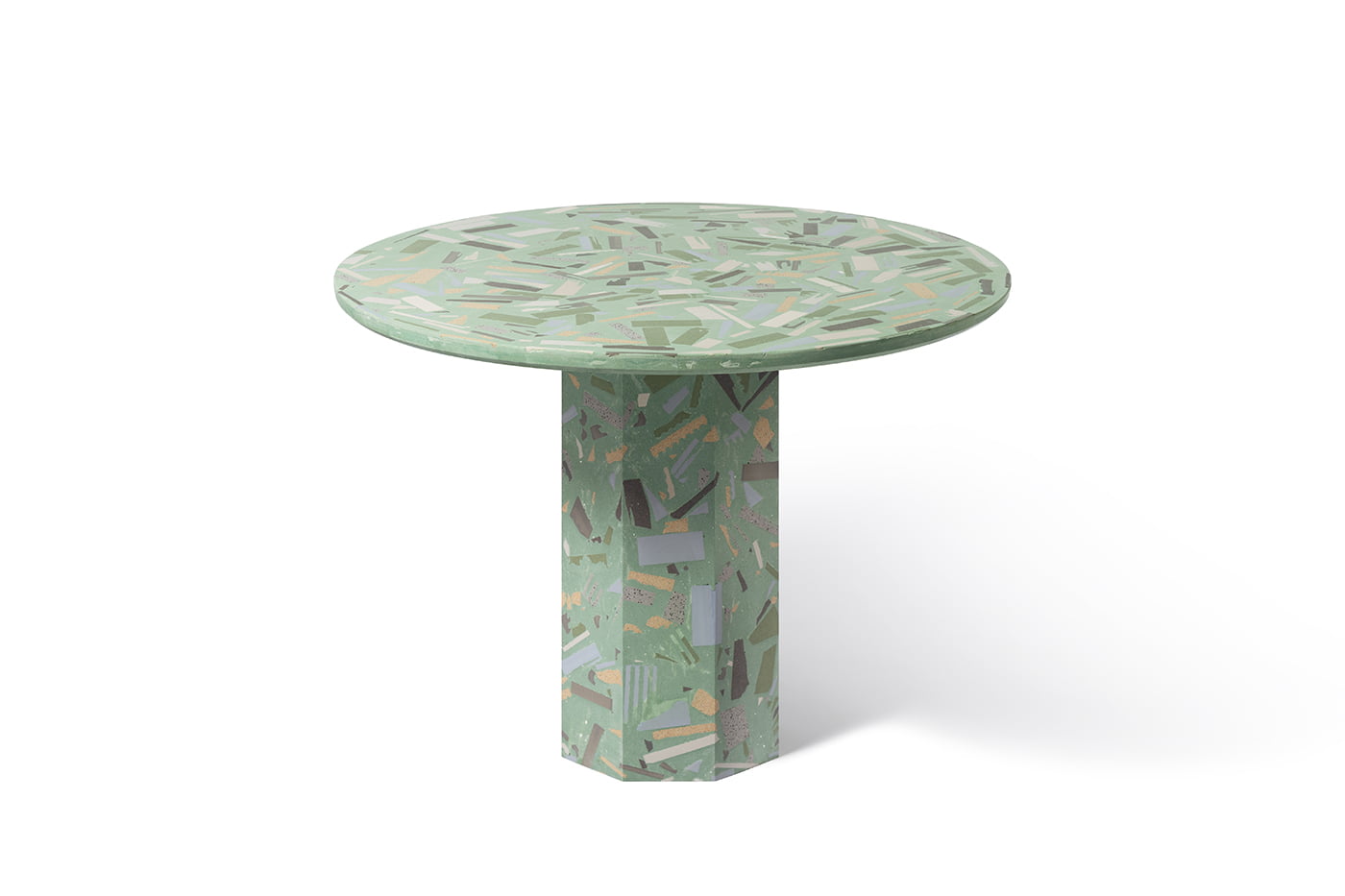
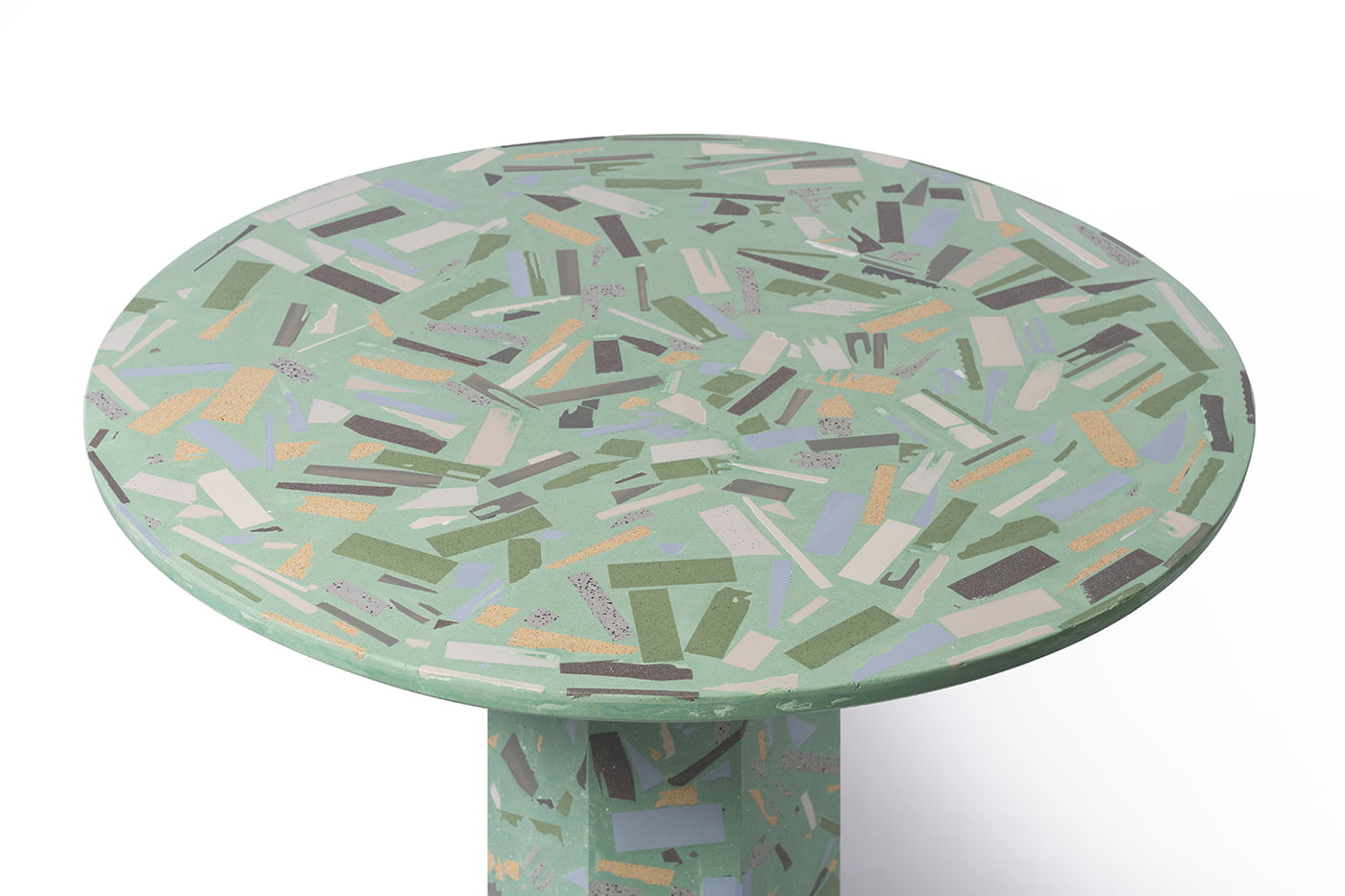
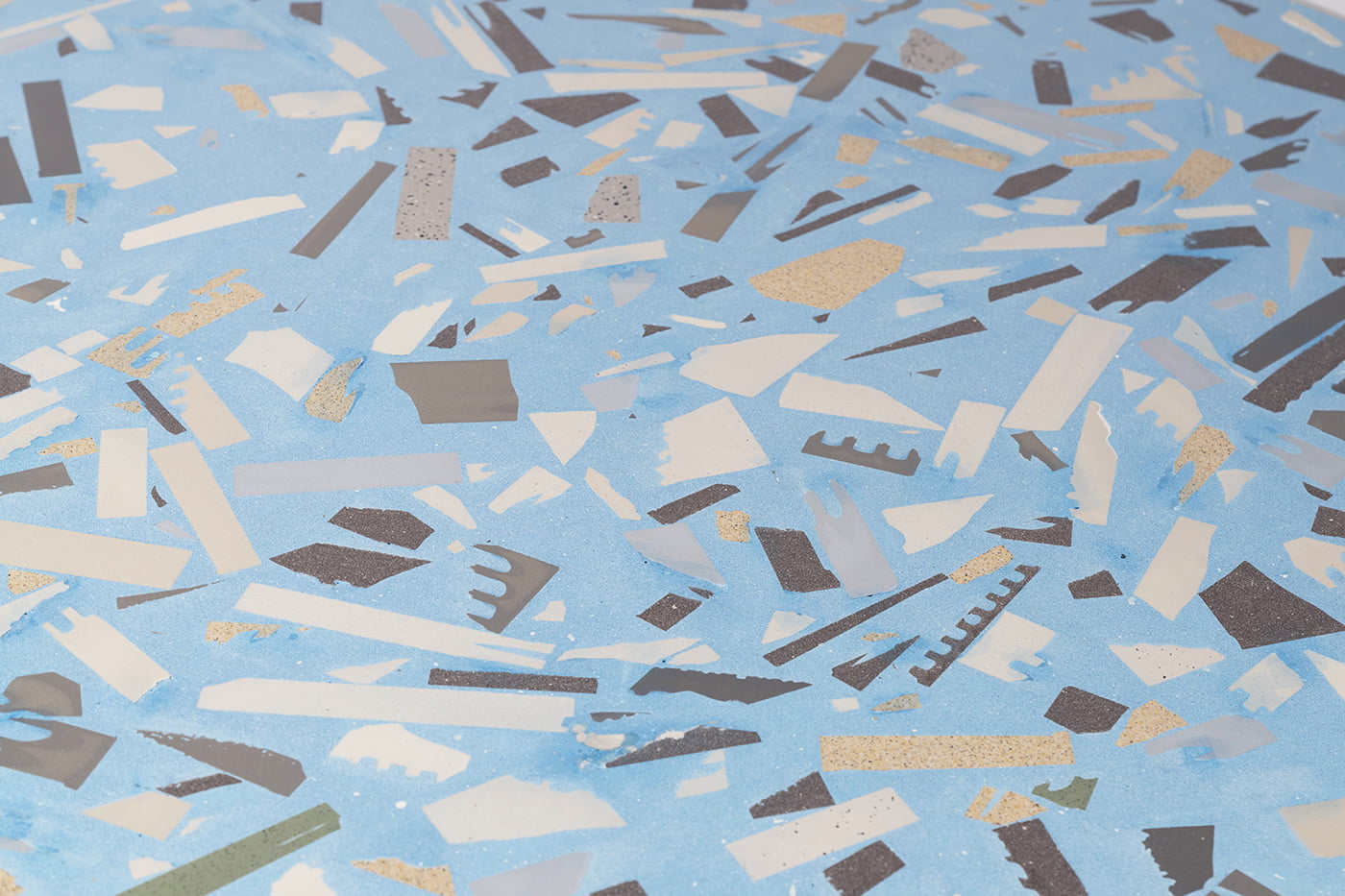
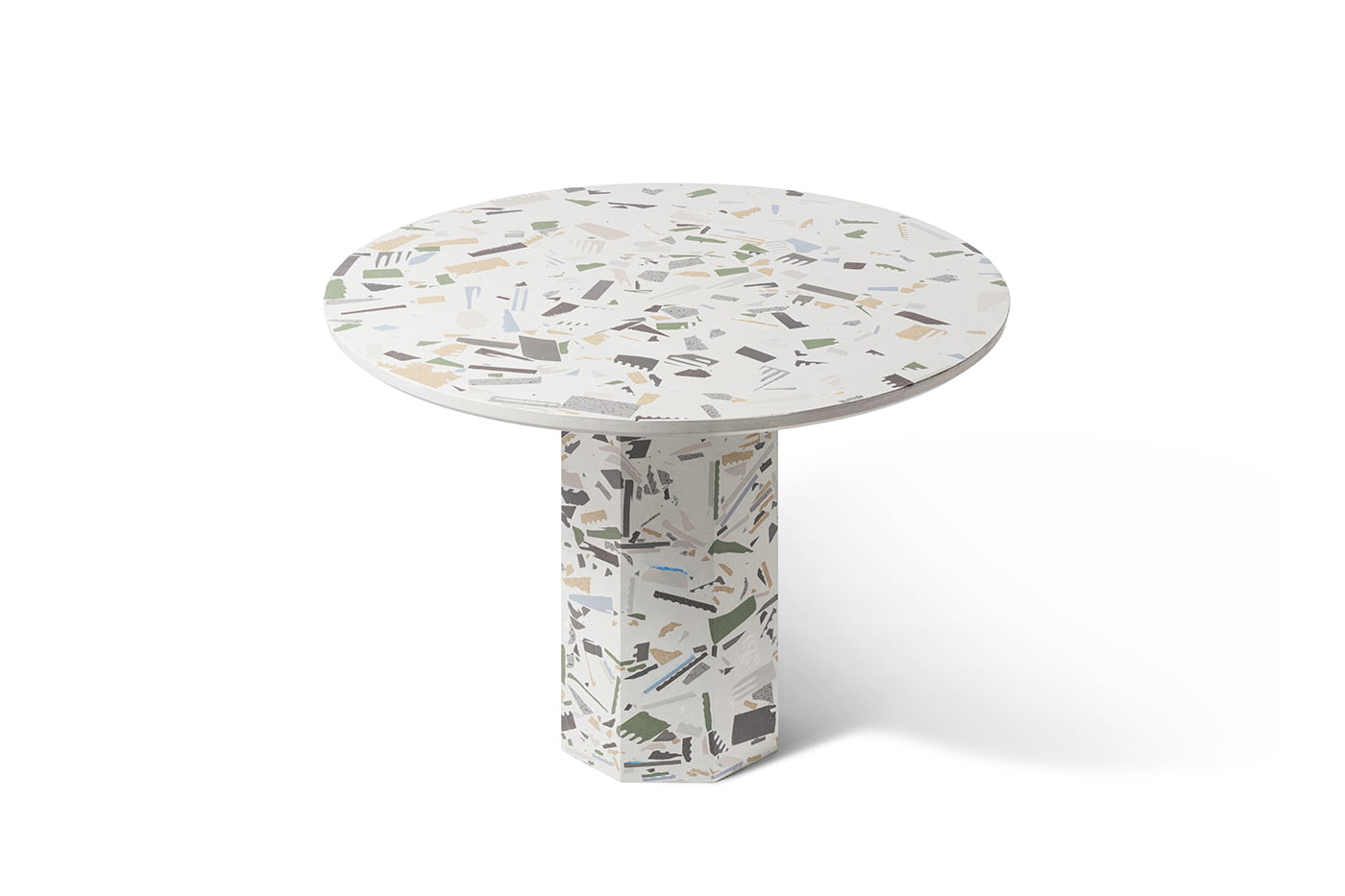

- Contact
+8620 8977 0506
- Press
press@bentudesign.com
- Enquiry & Sales
info@bentudesign.com
